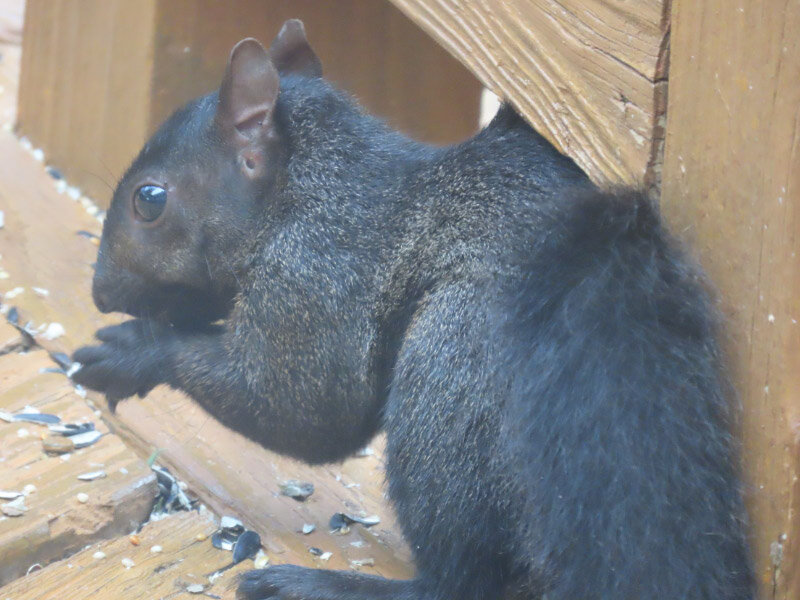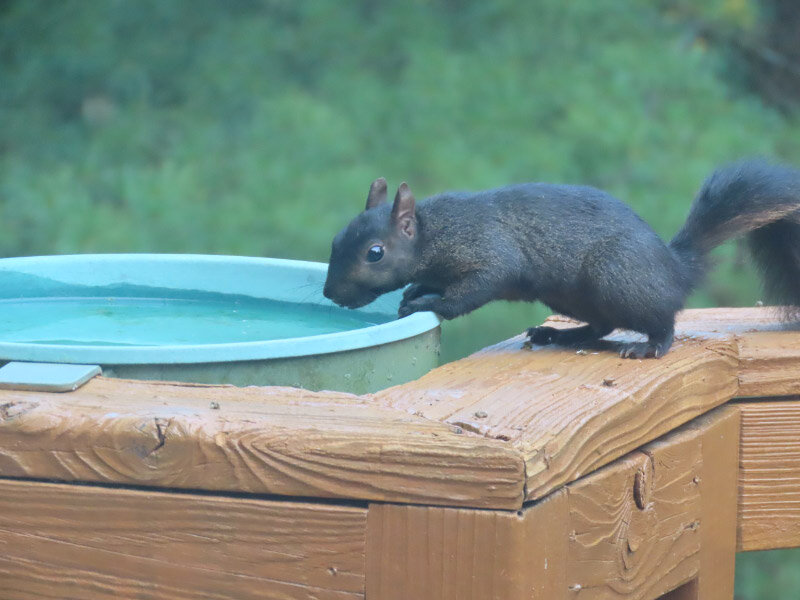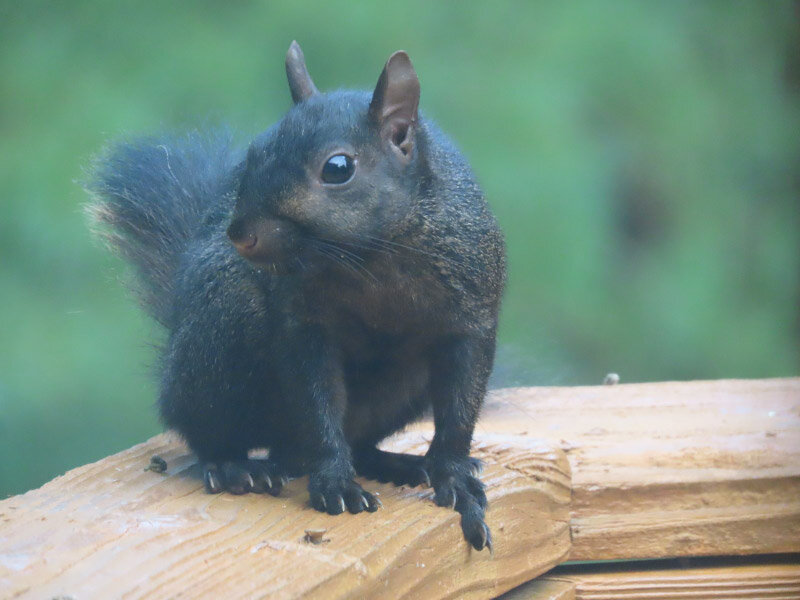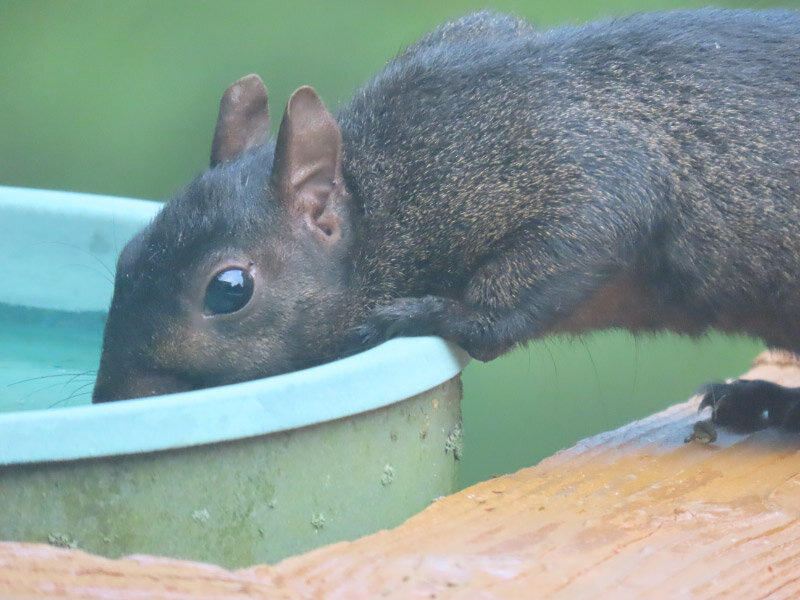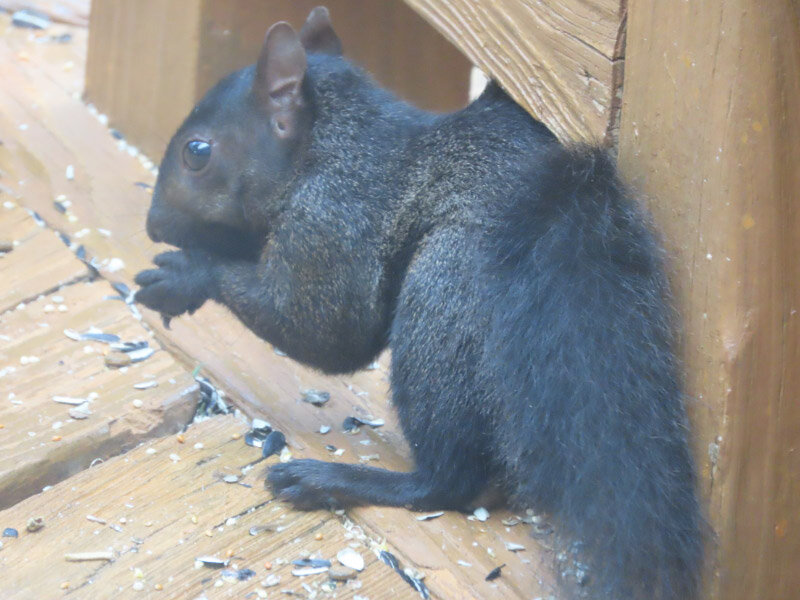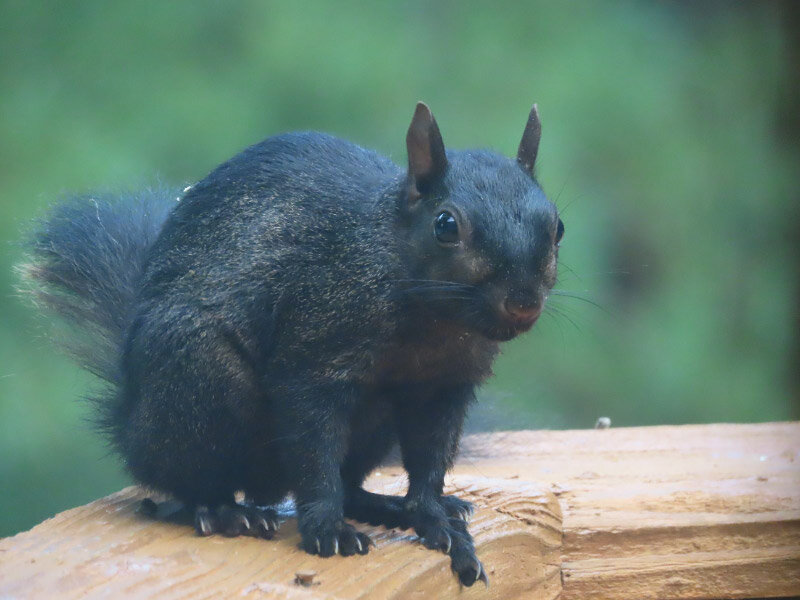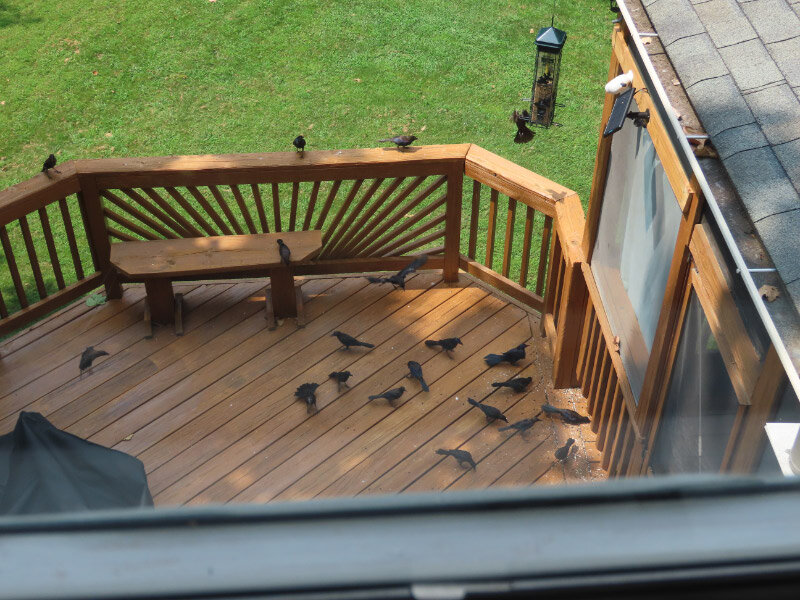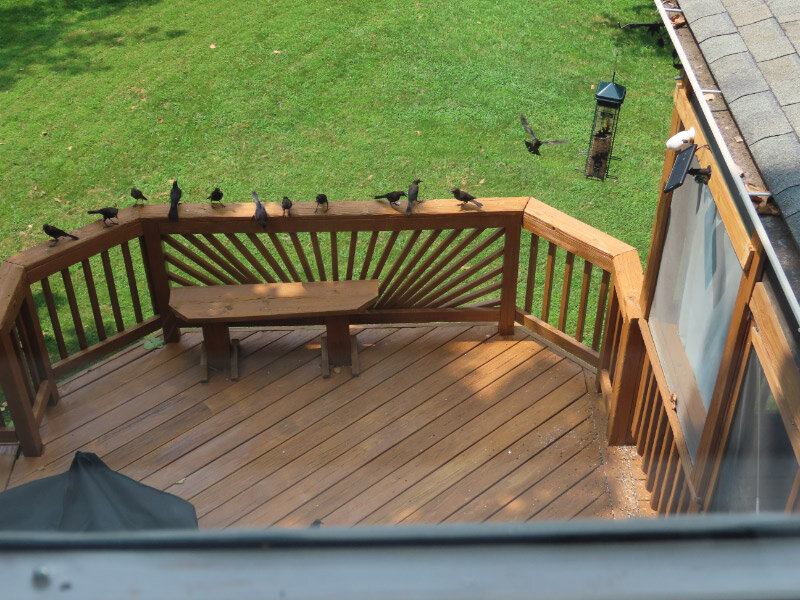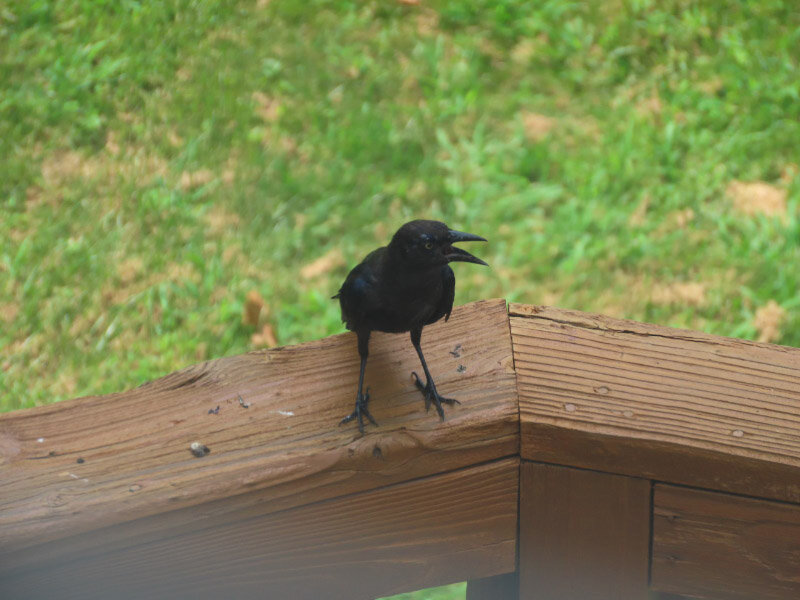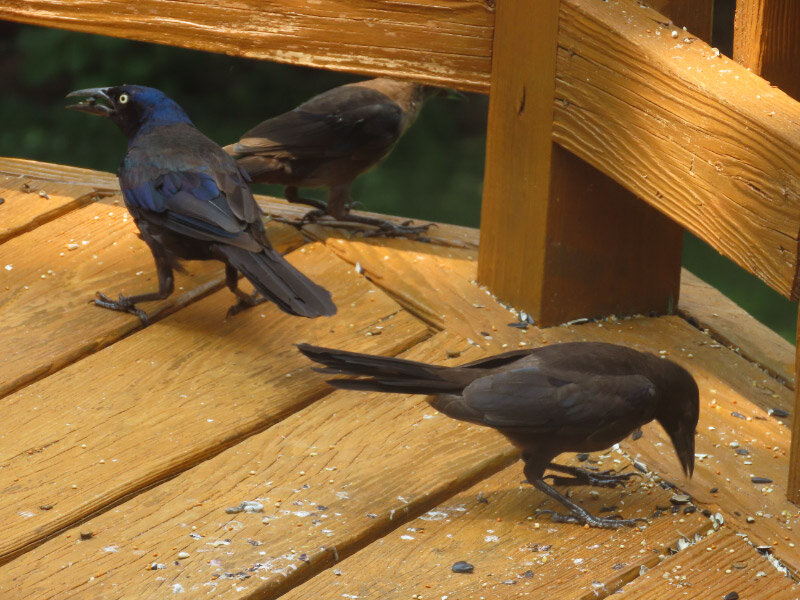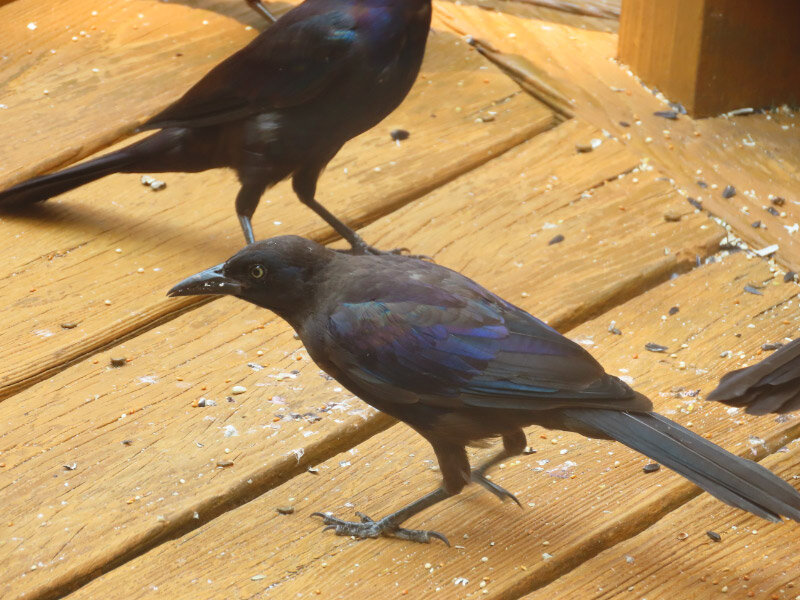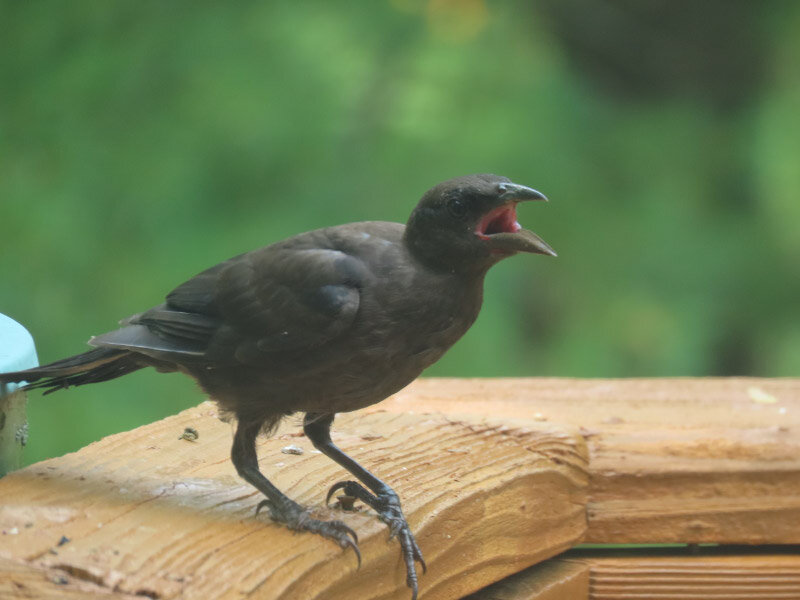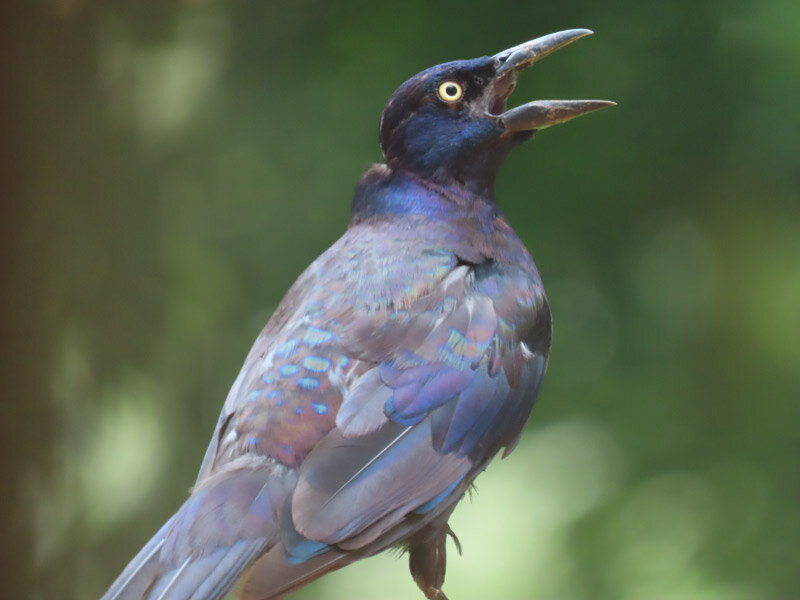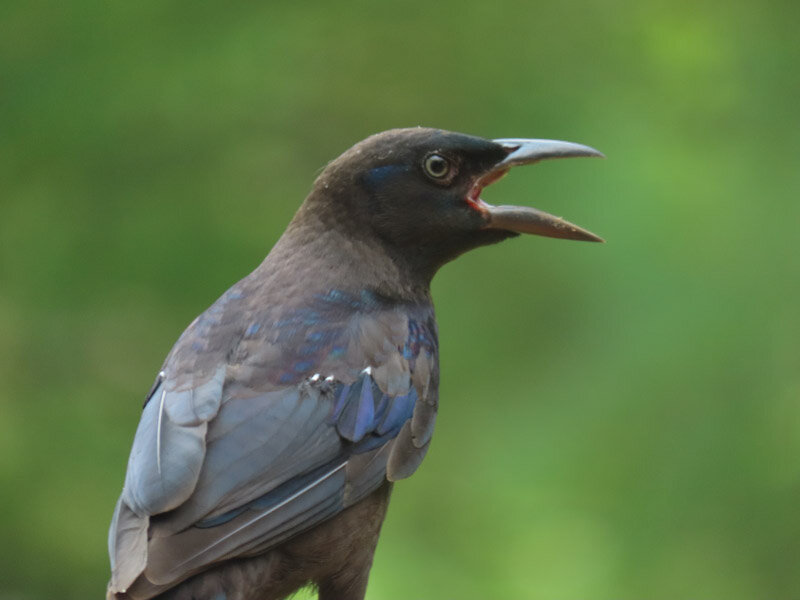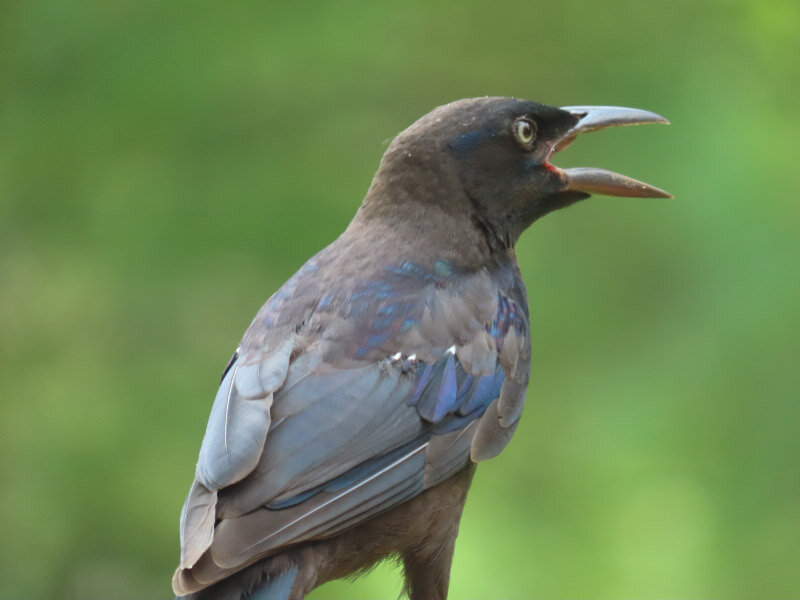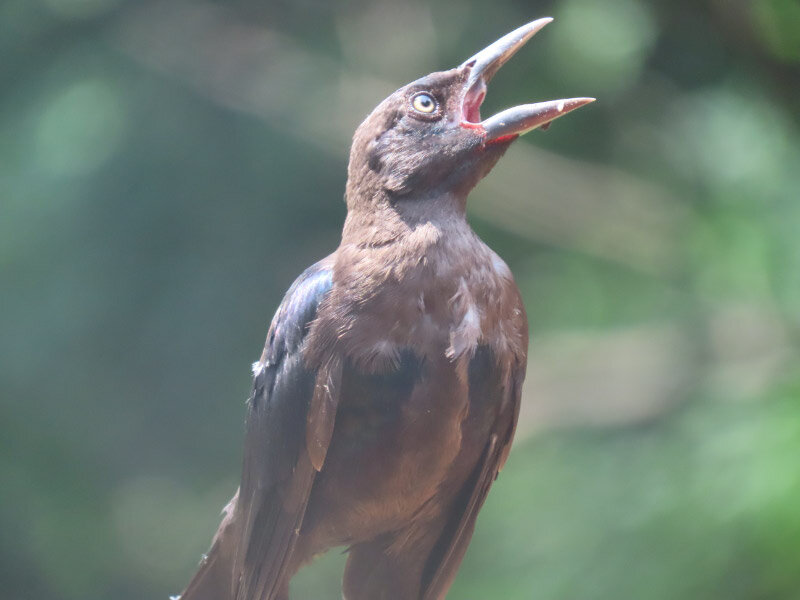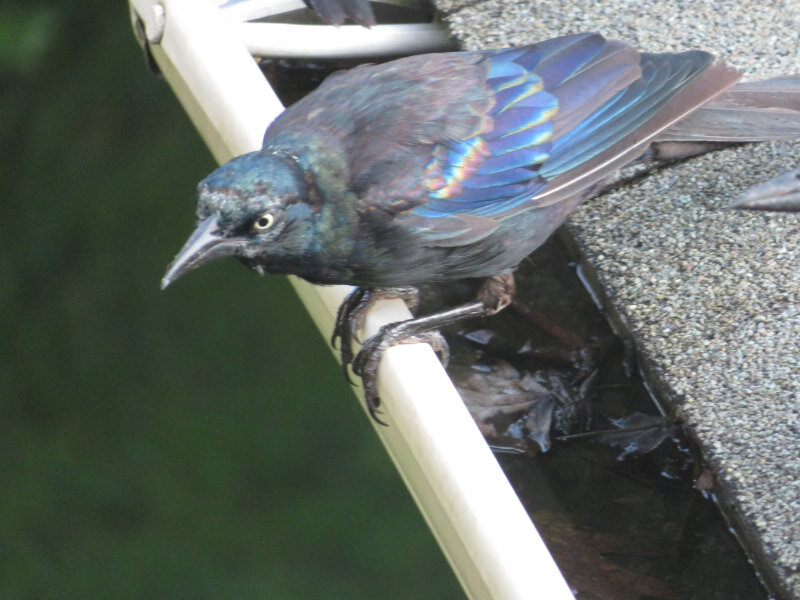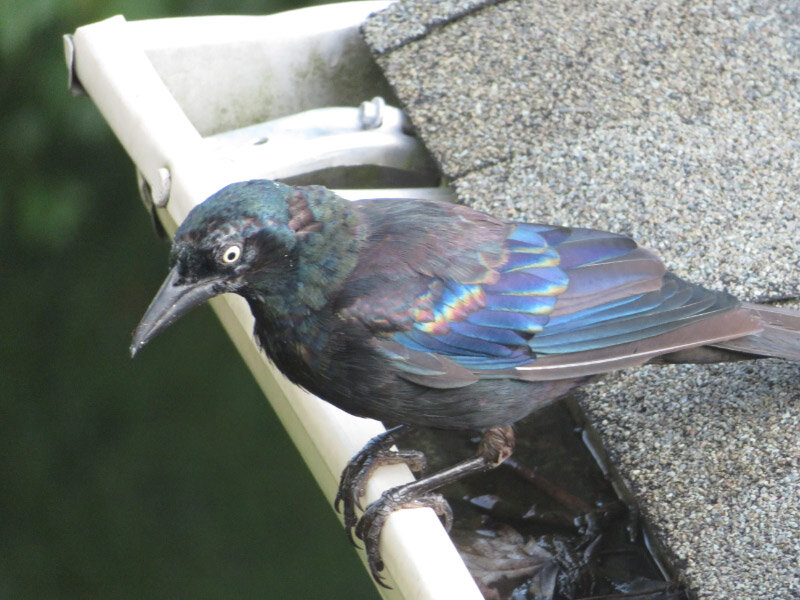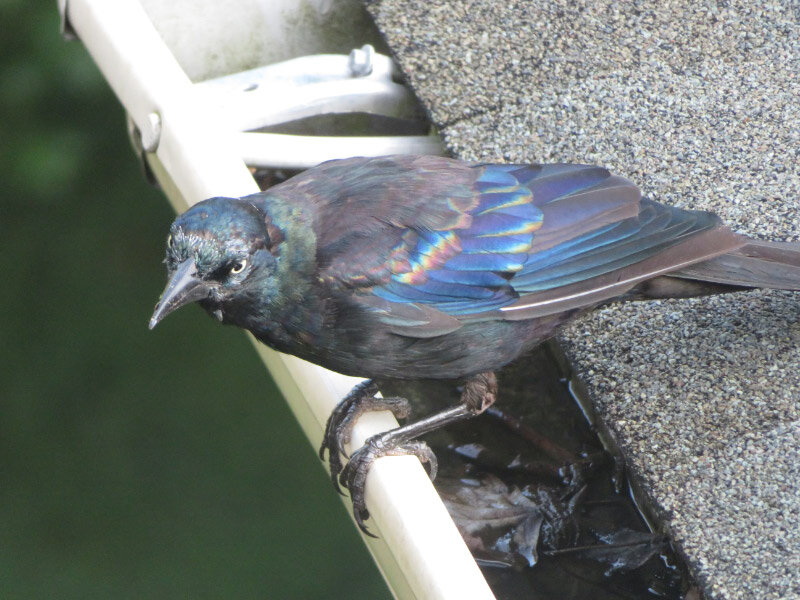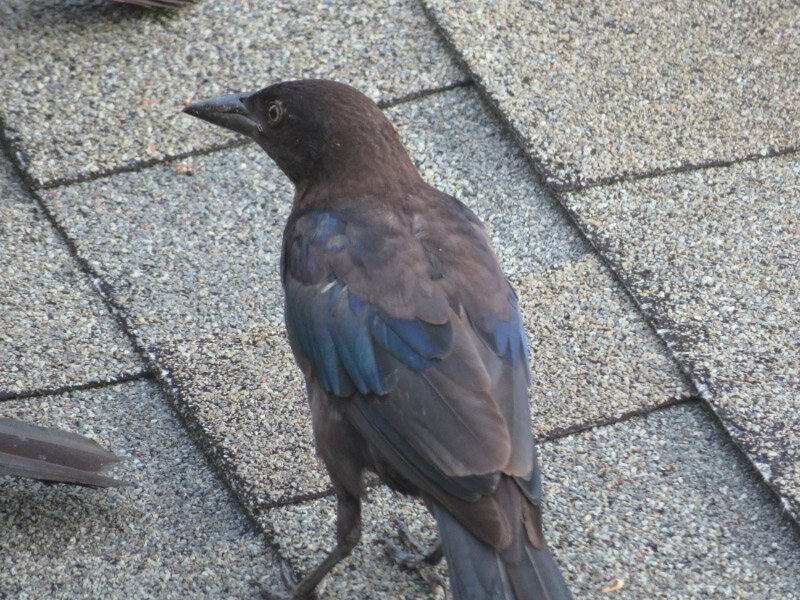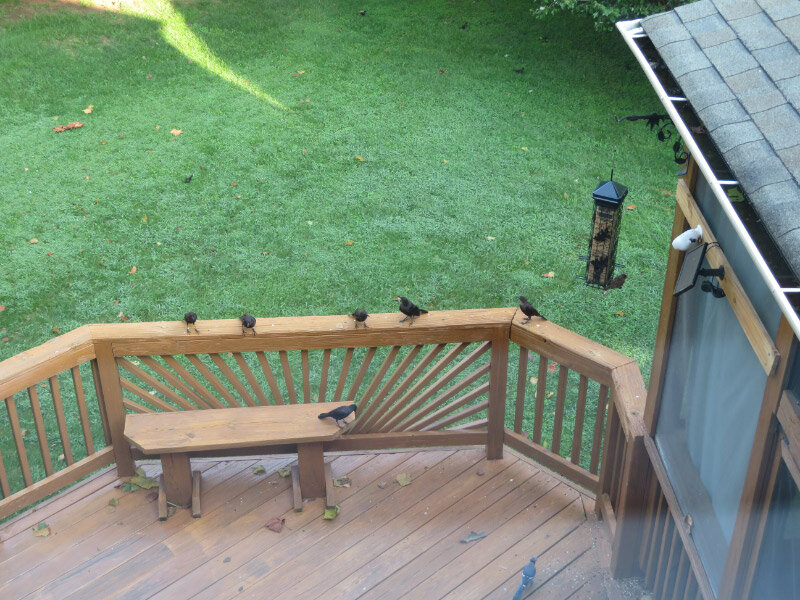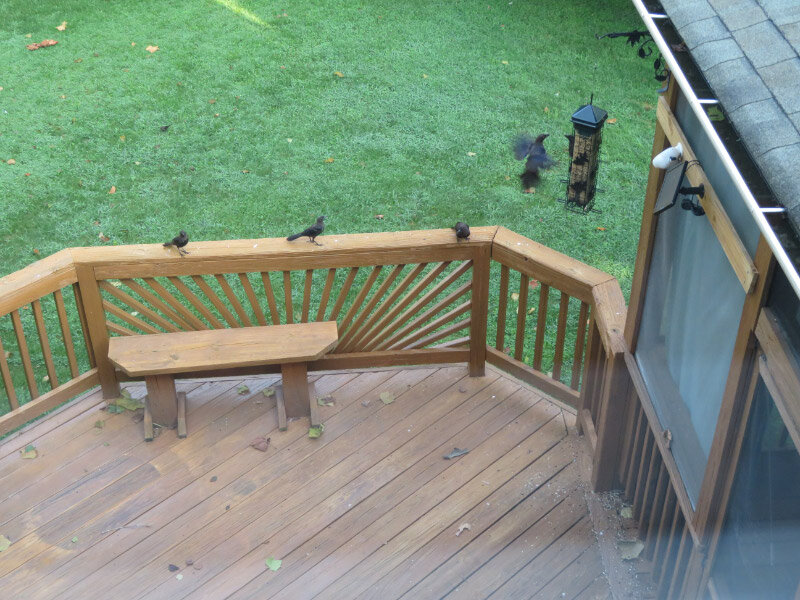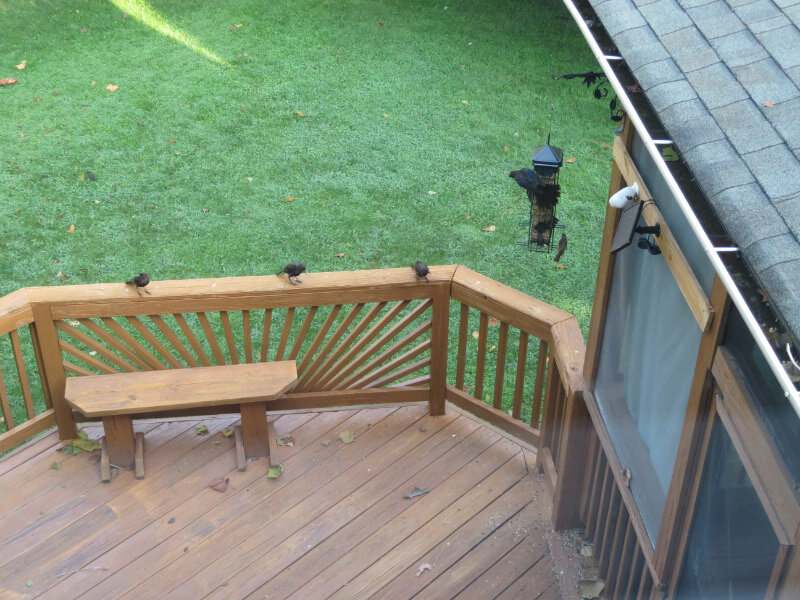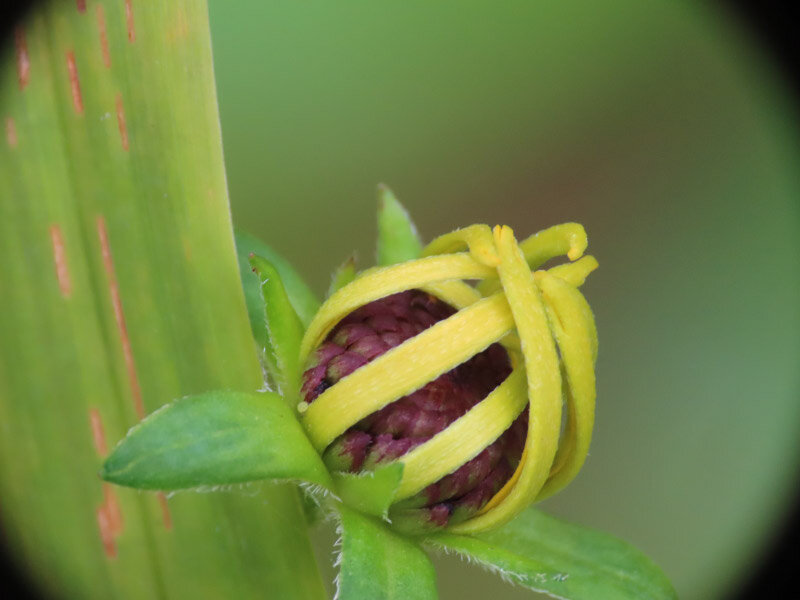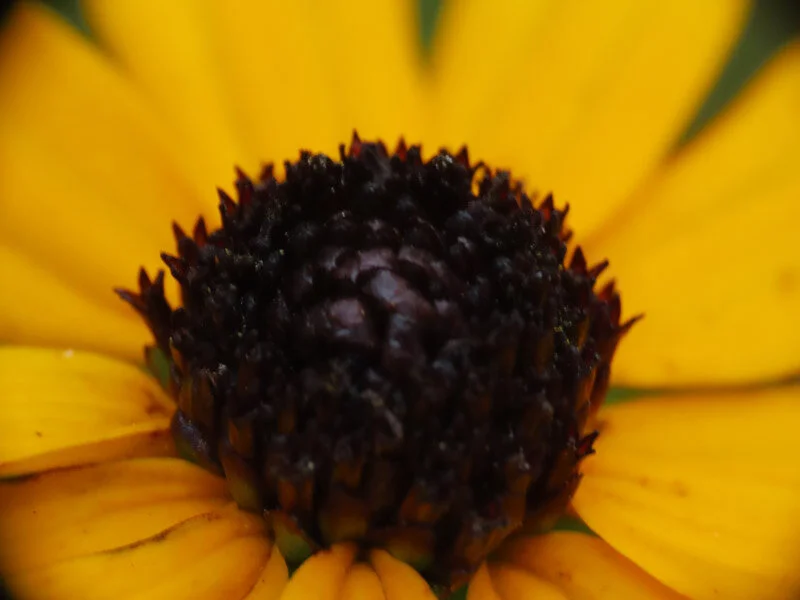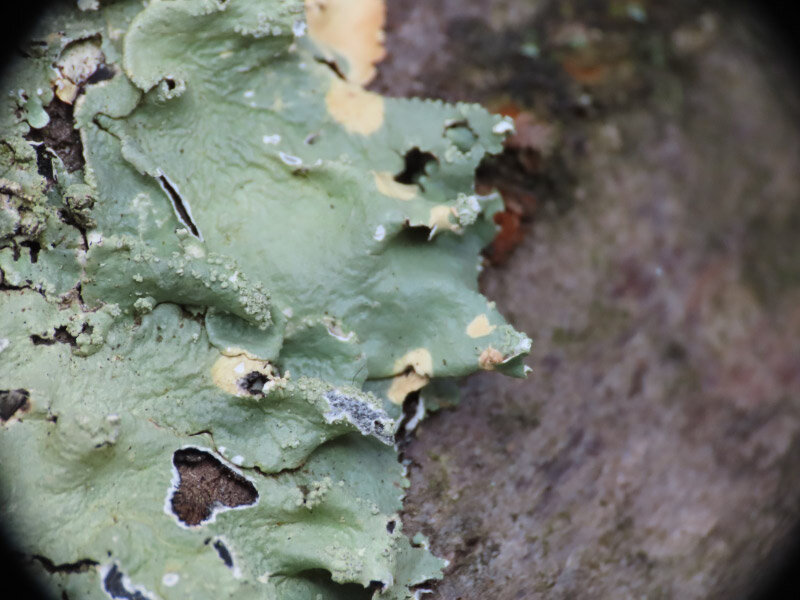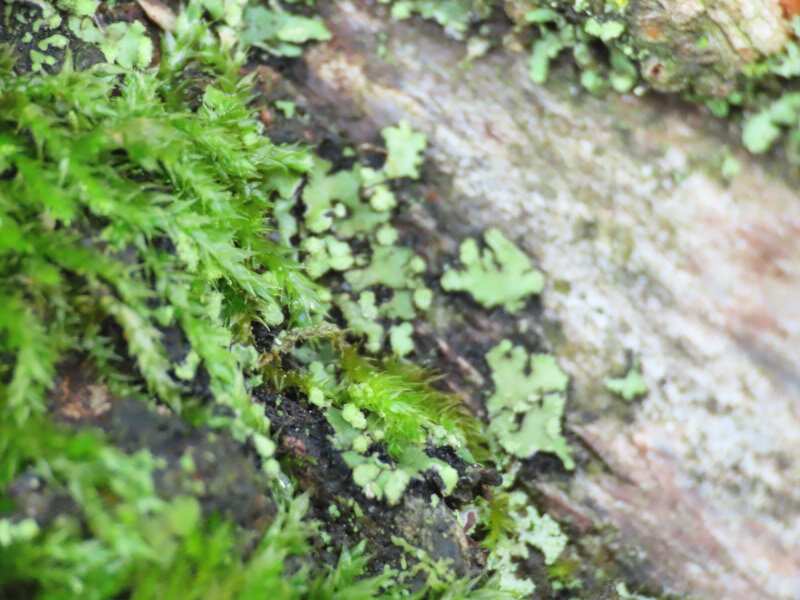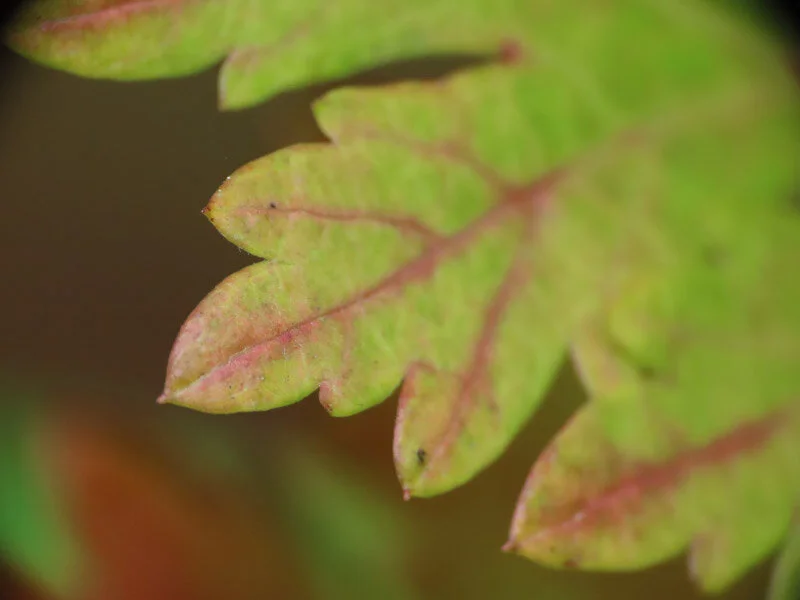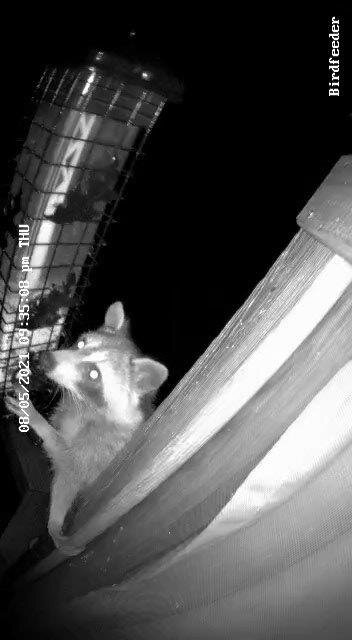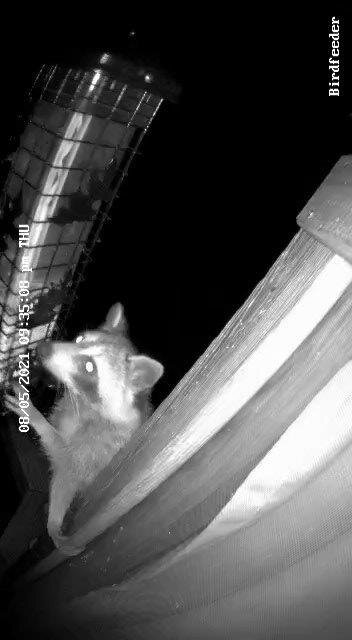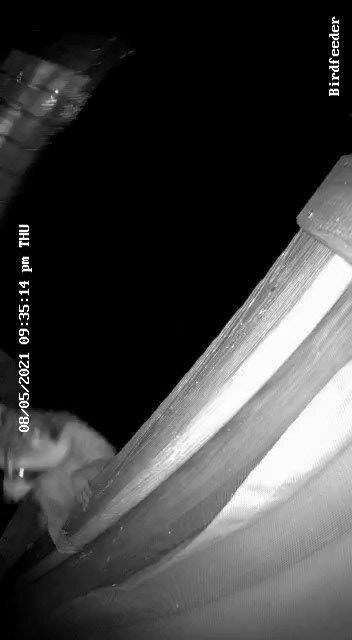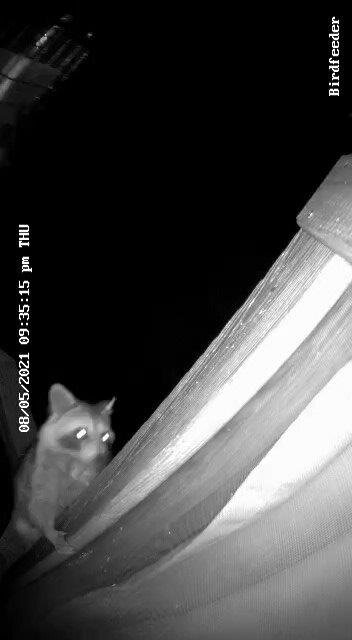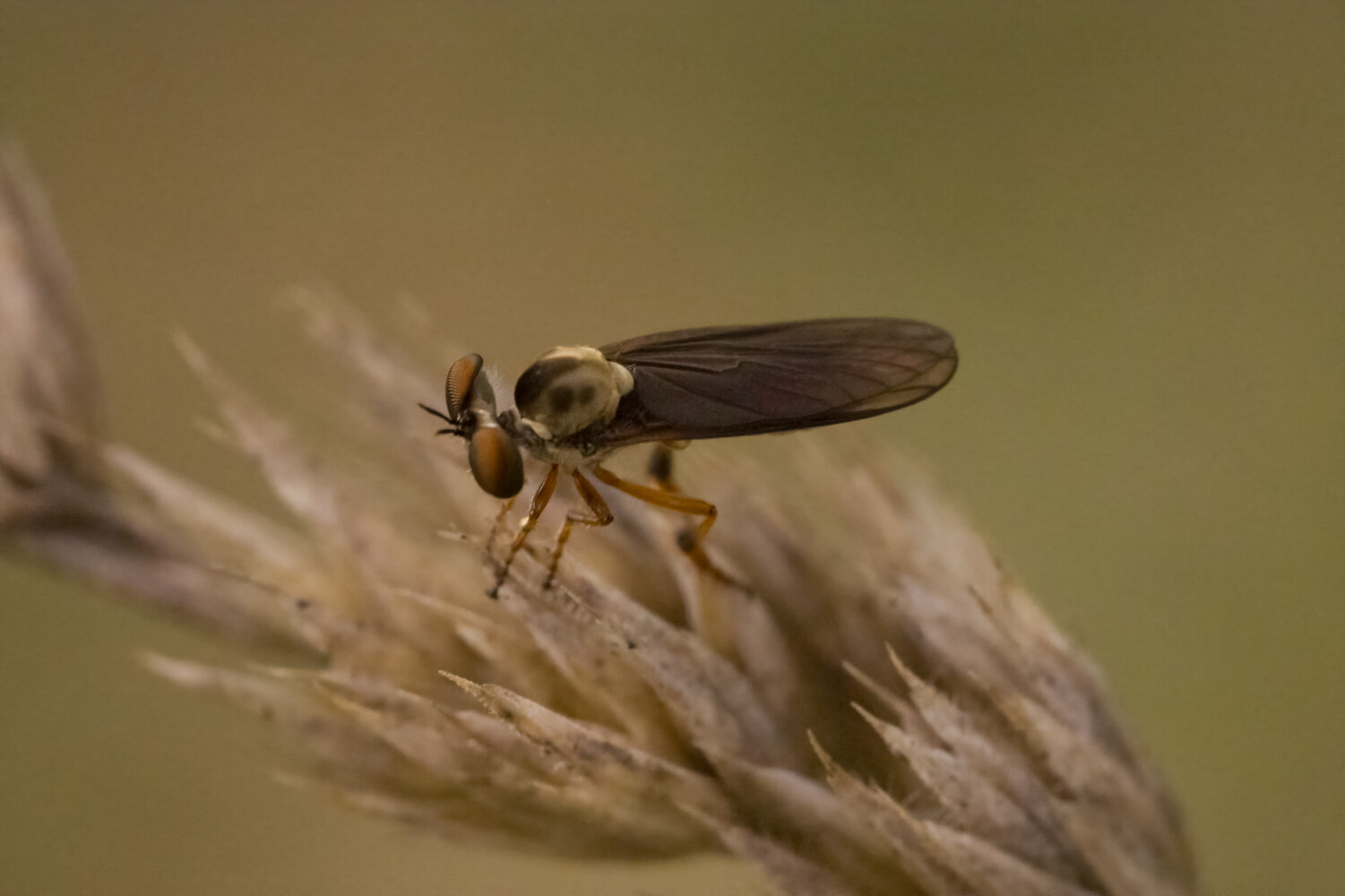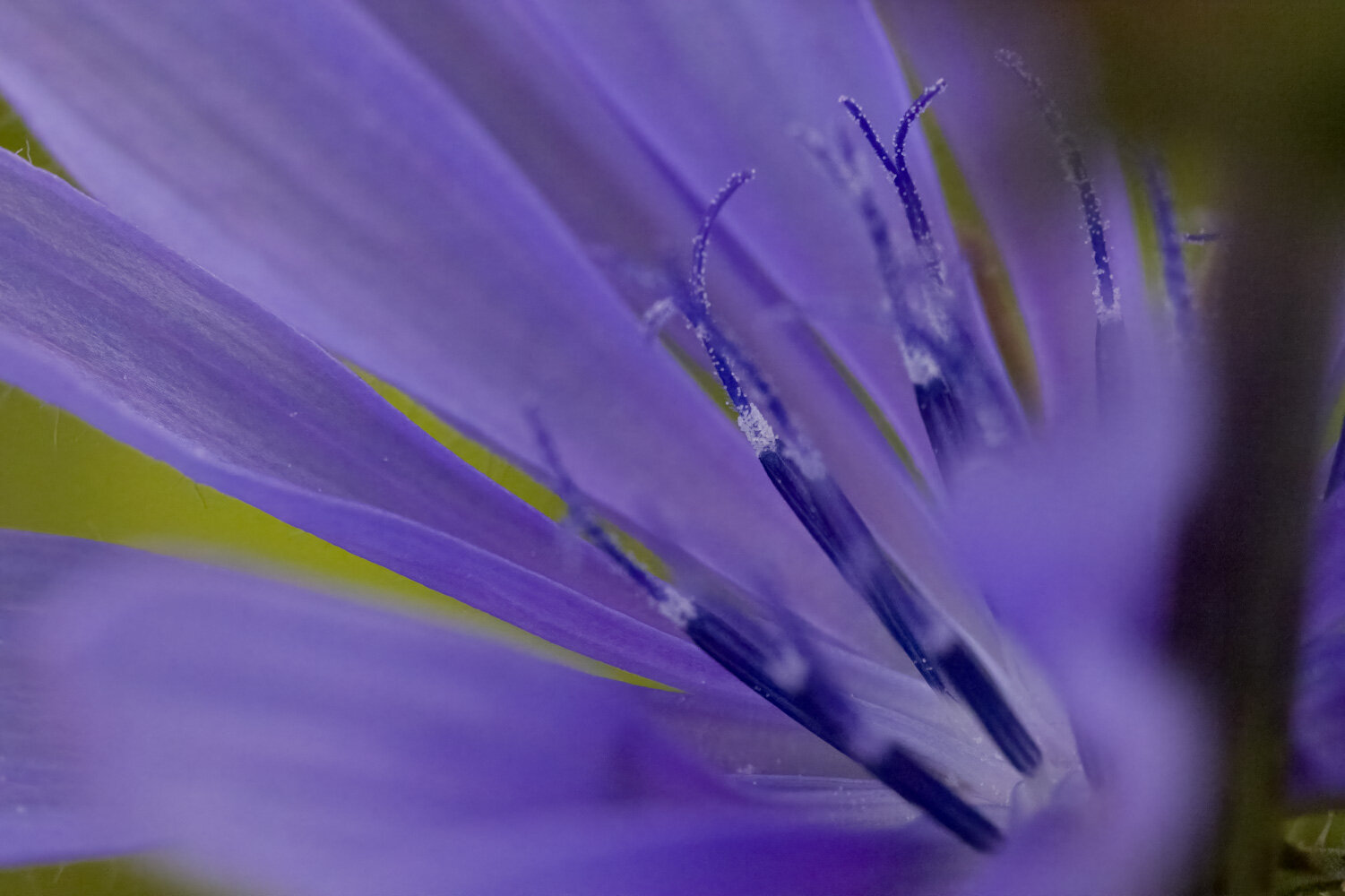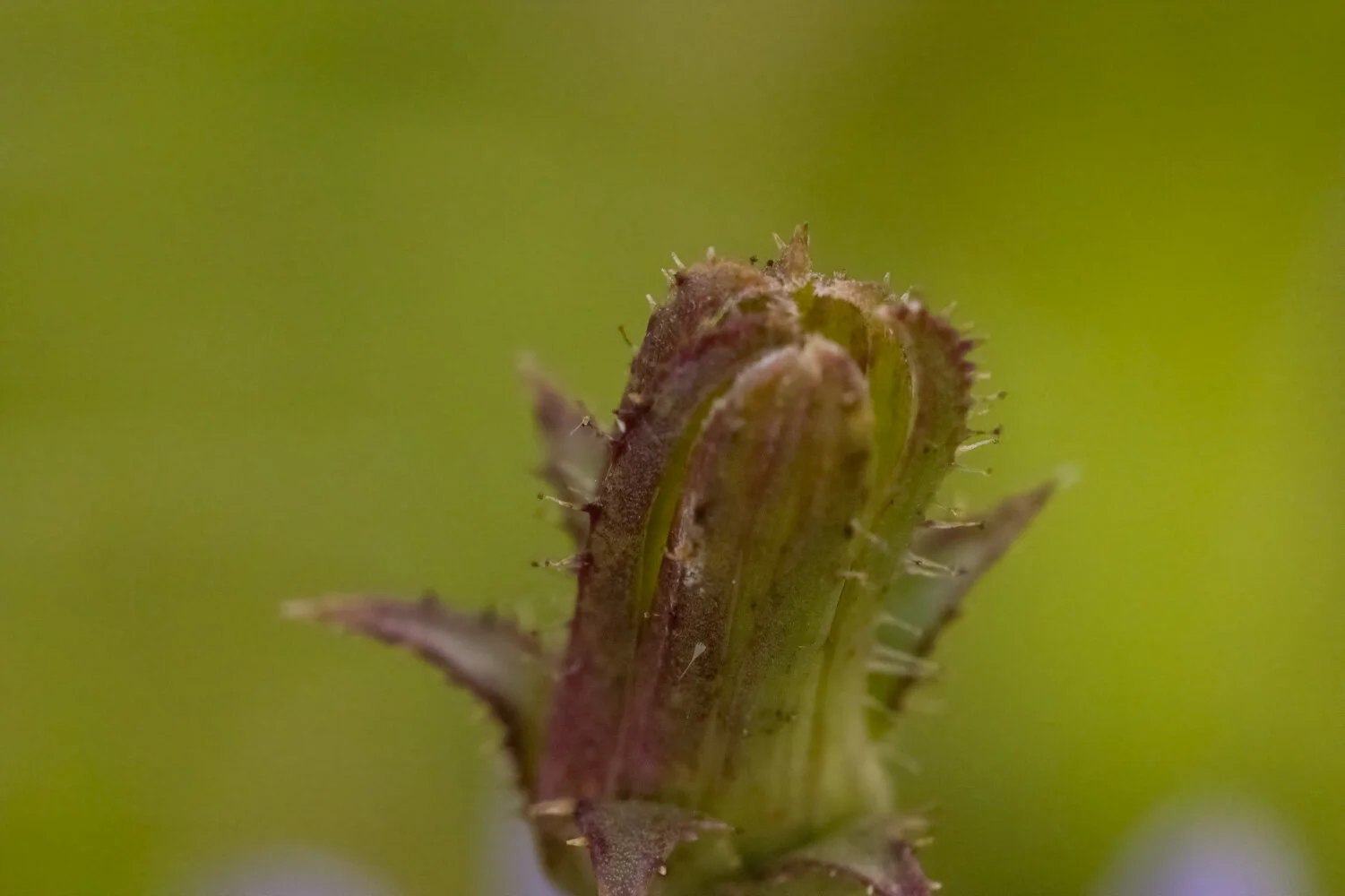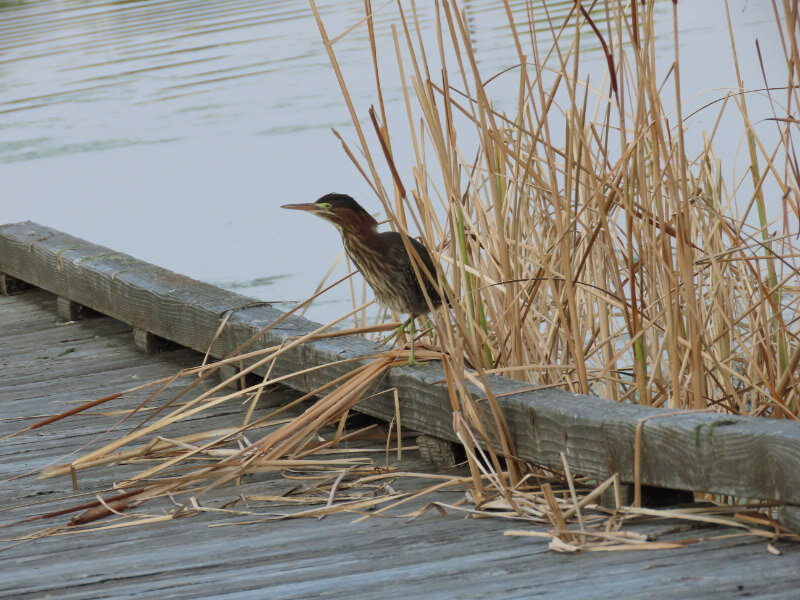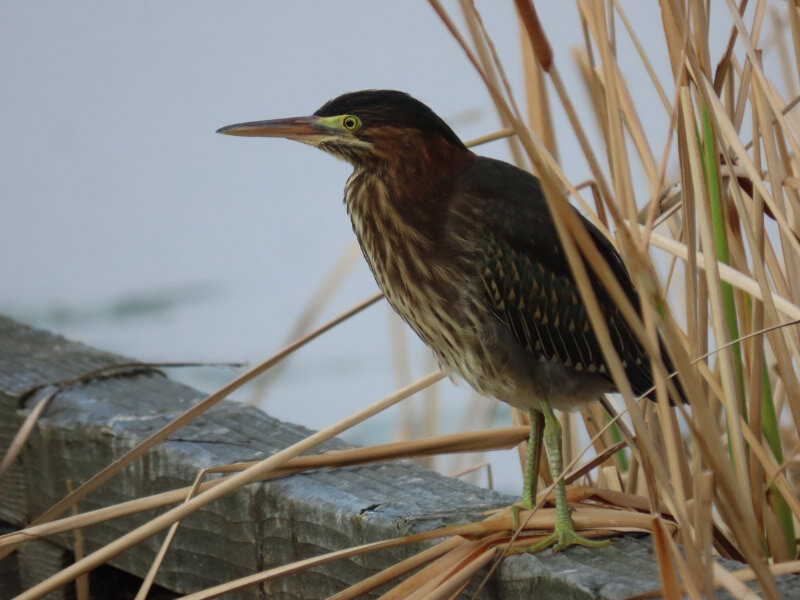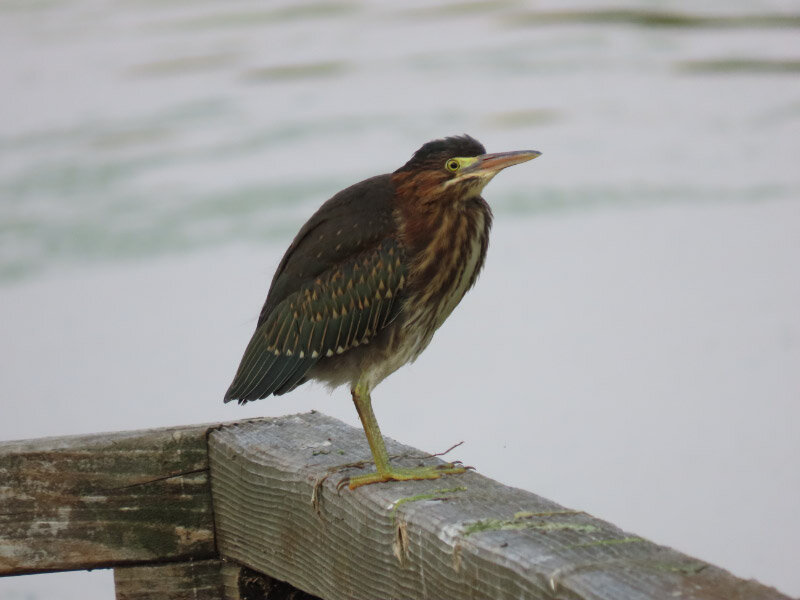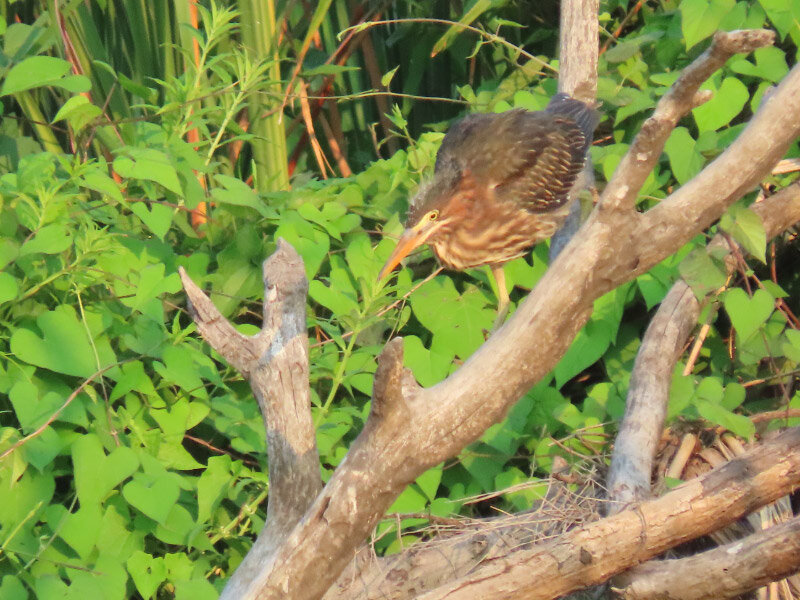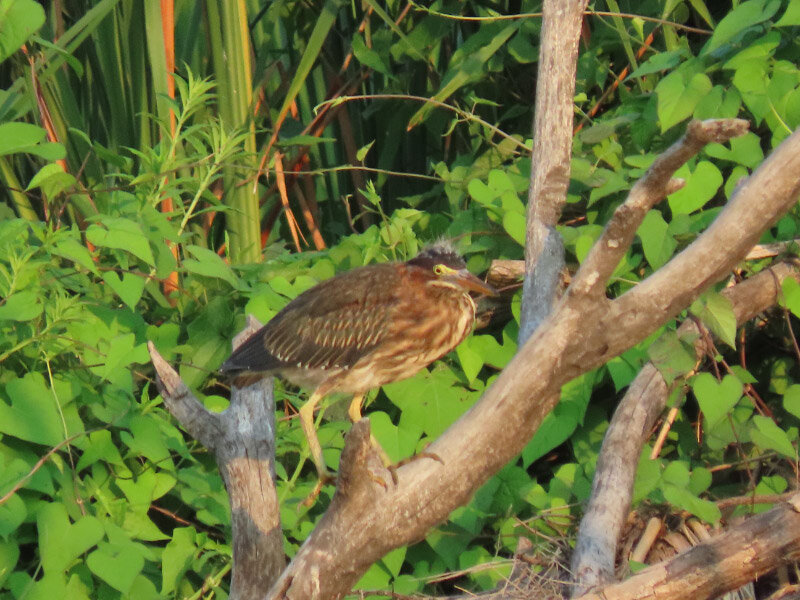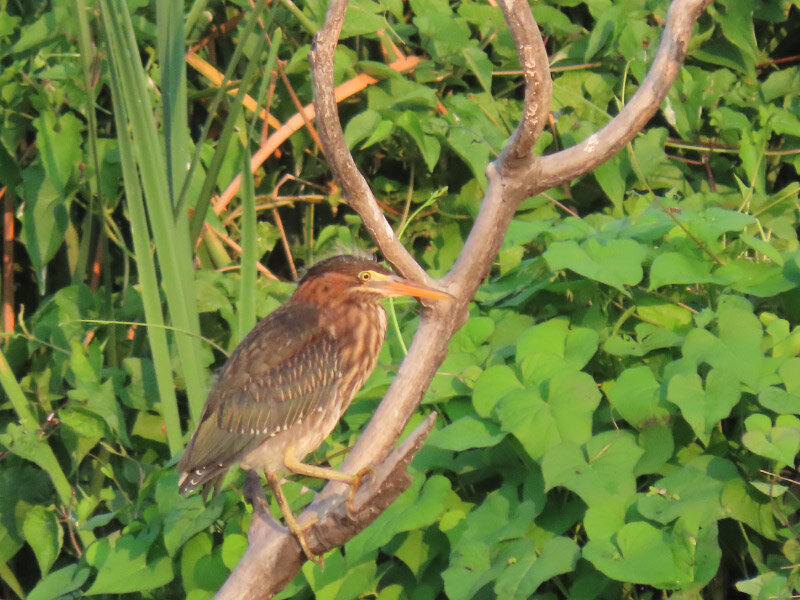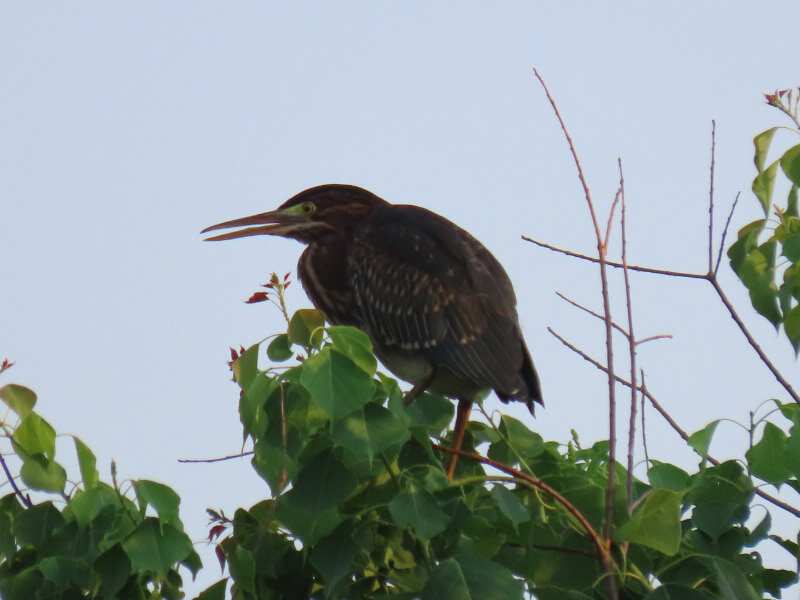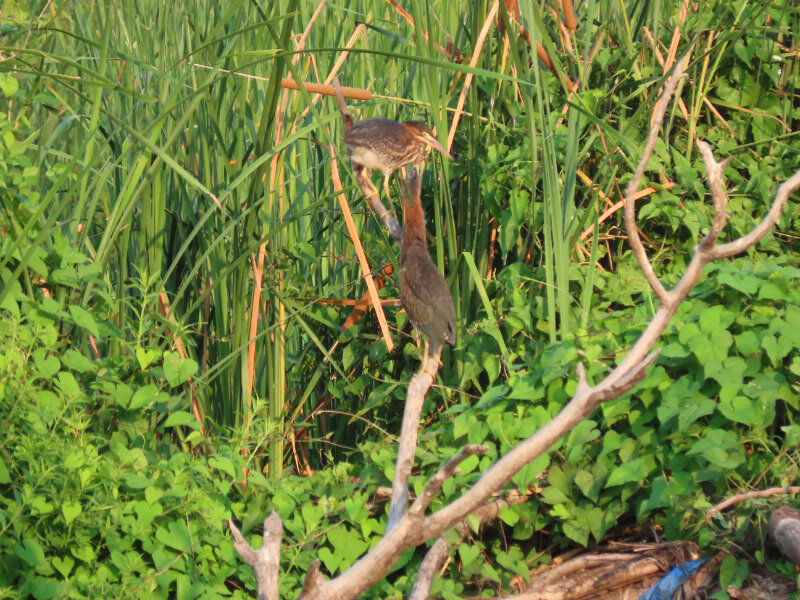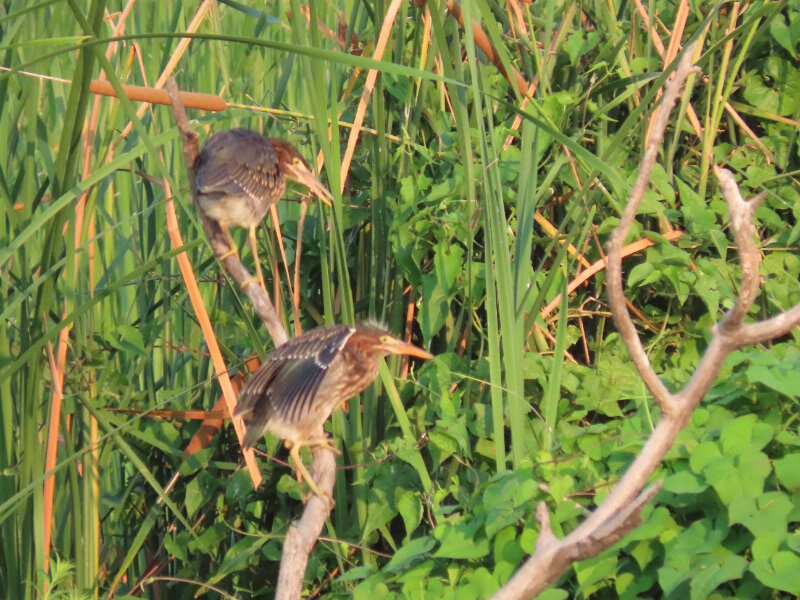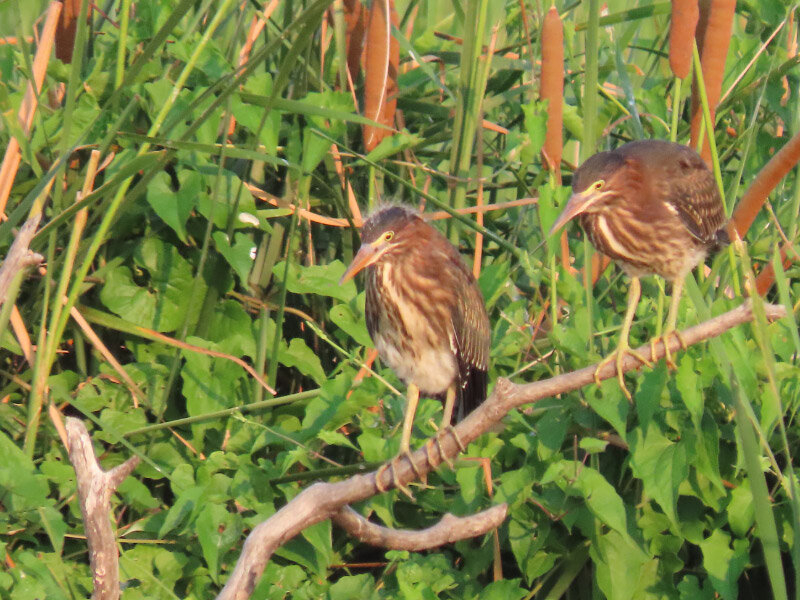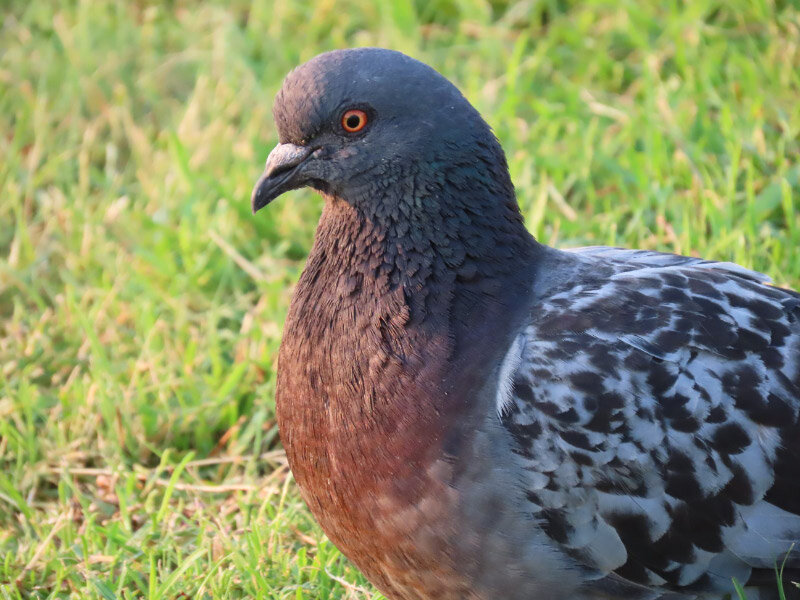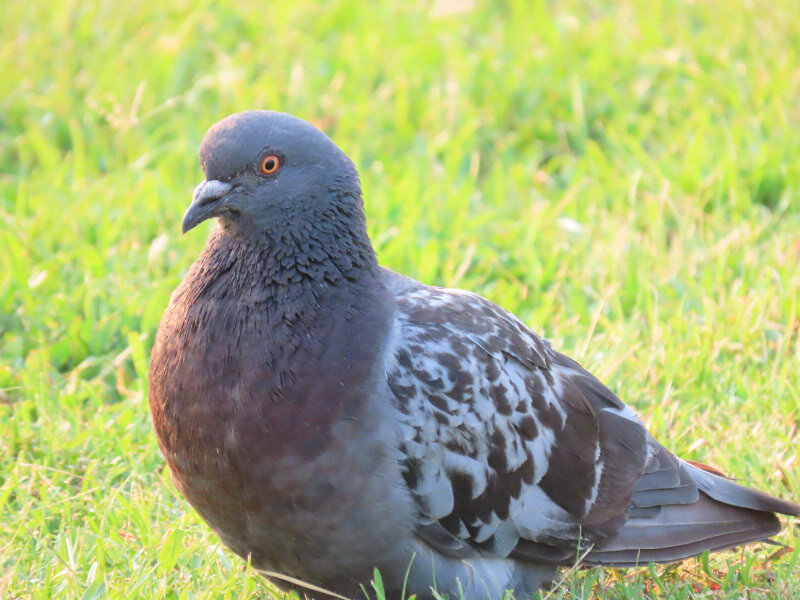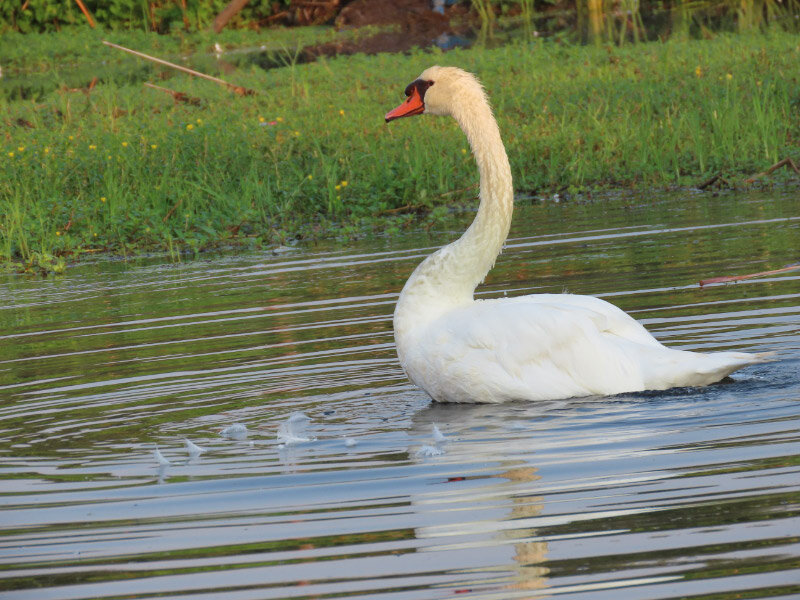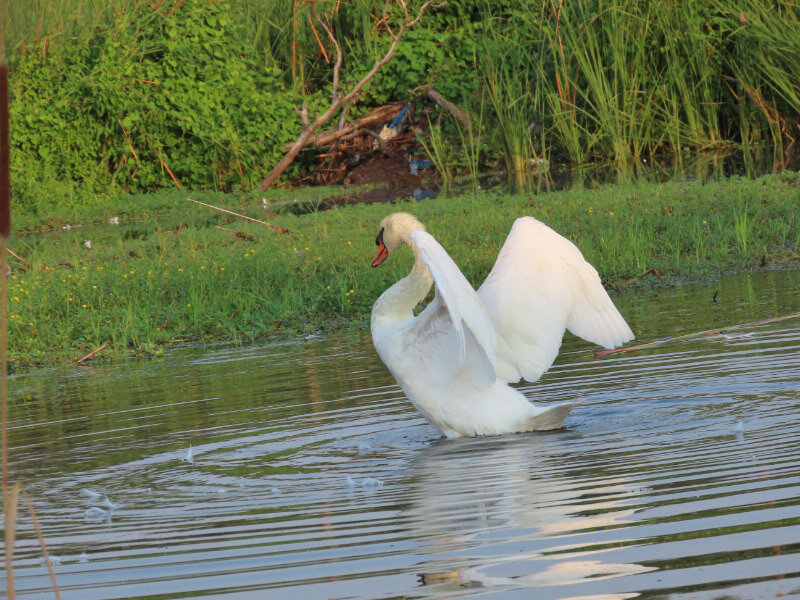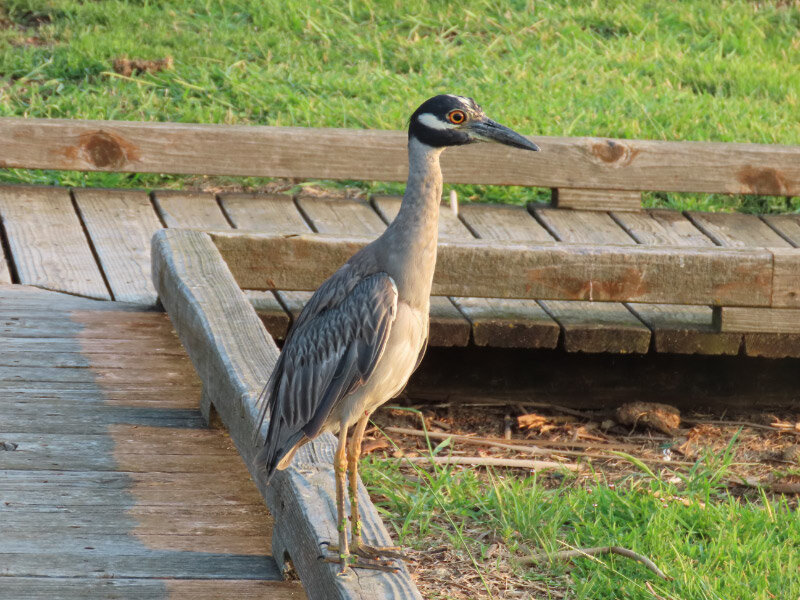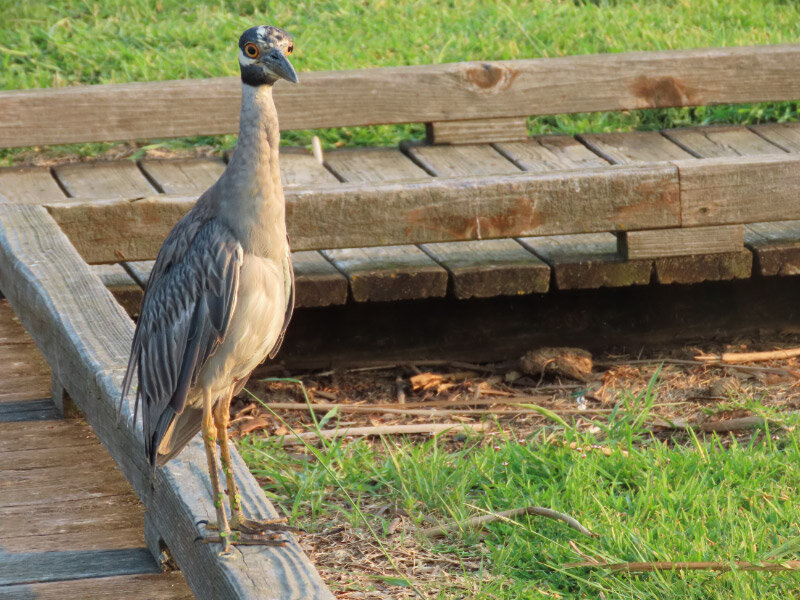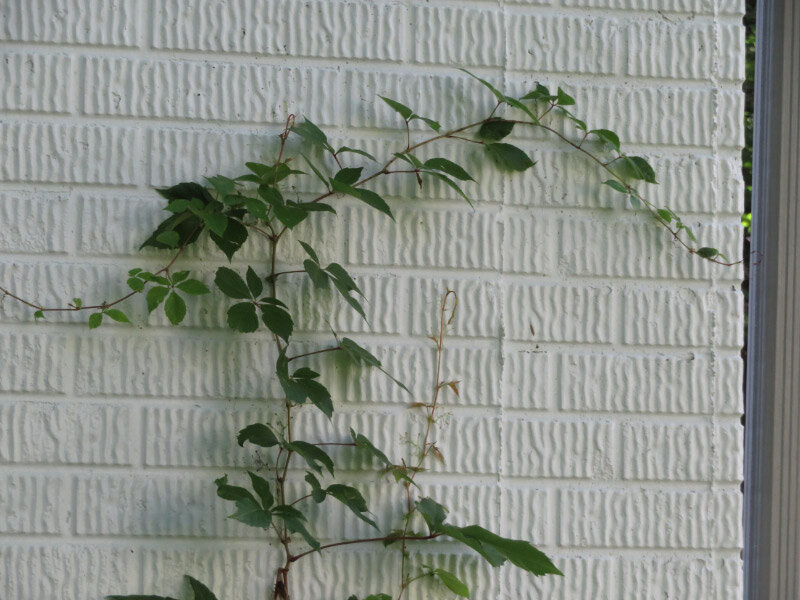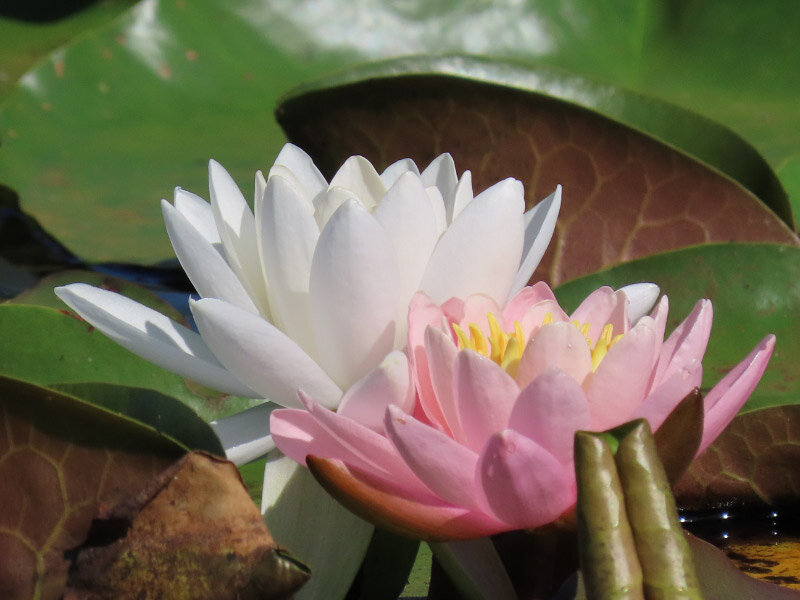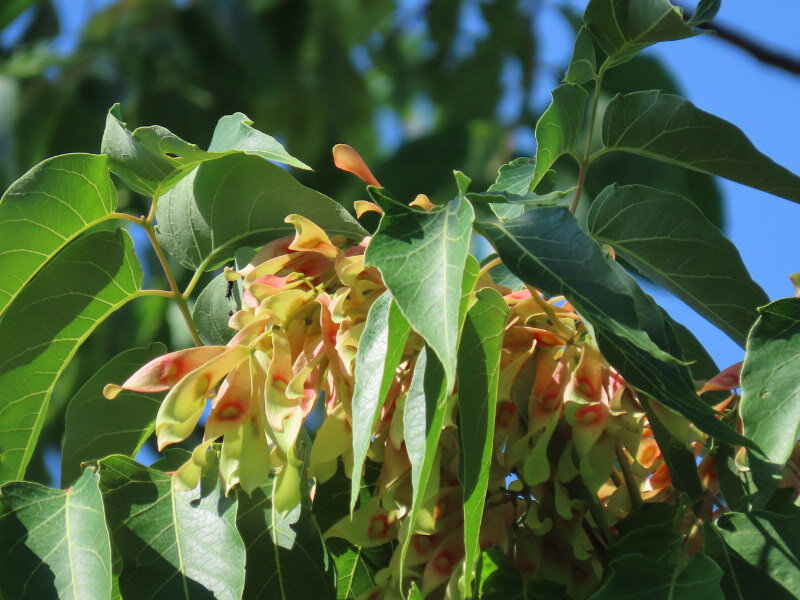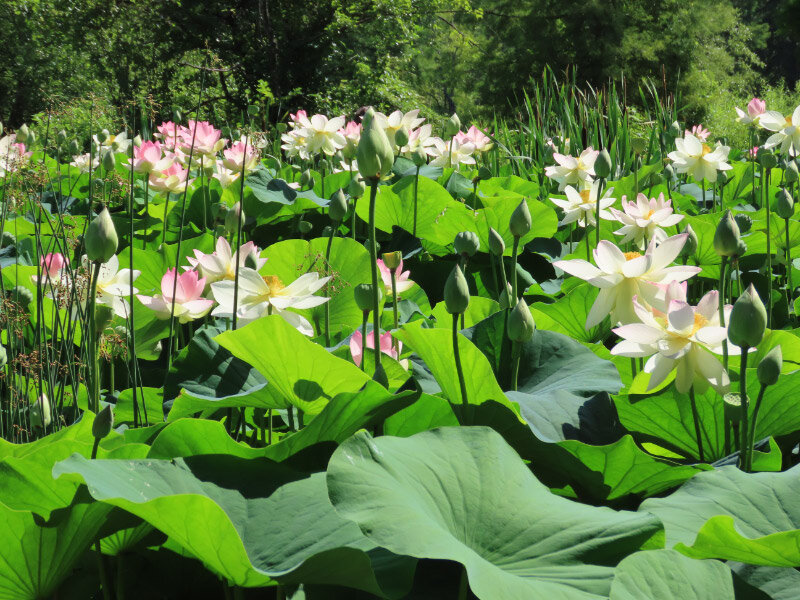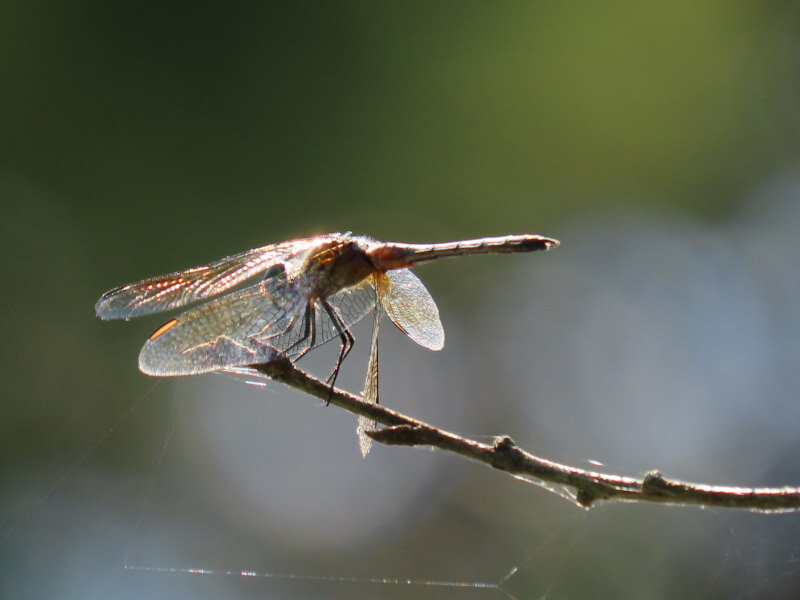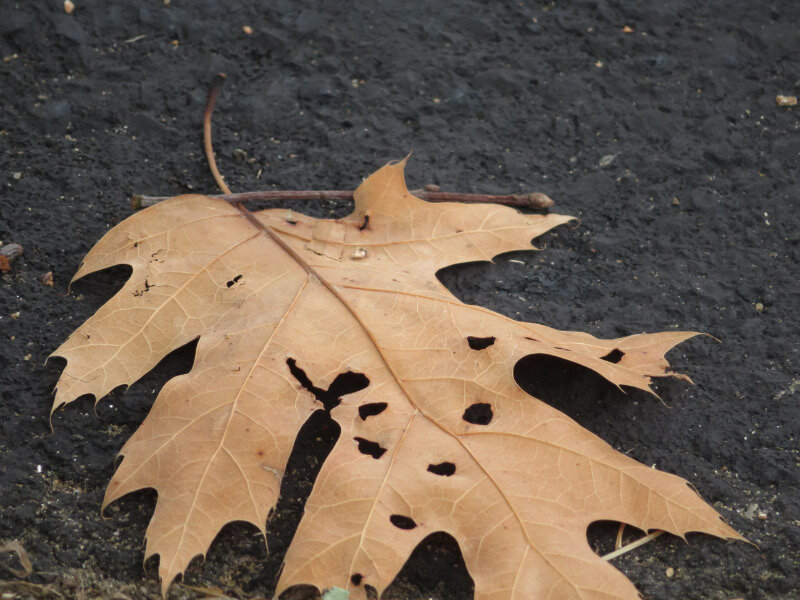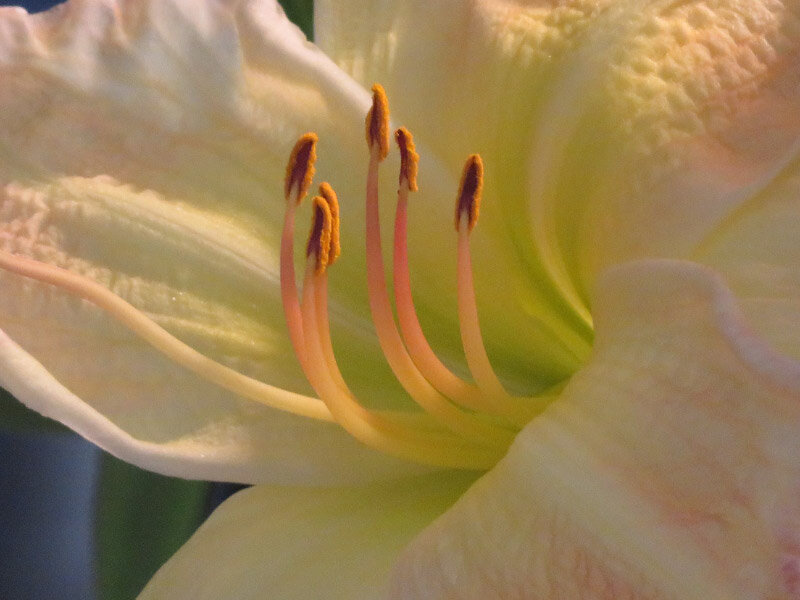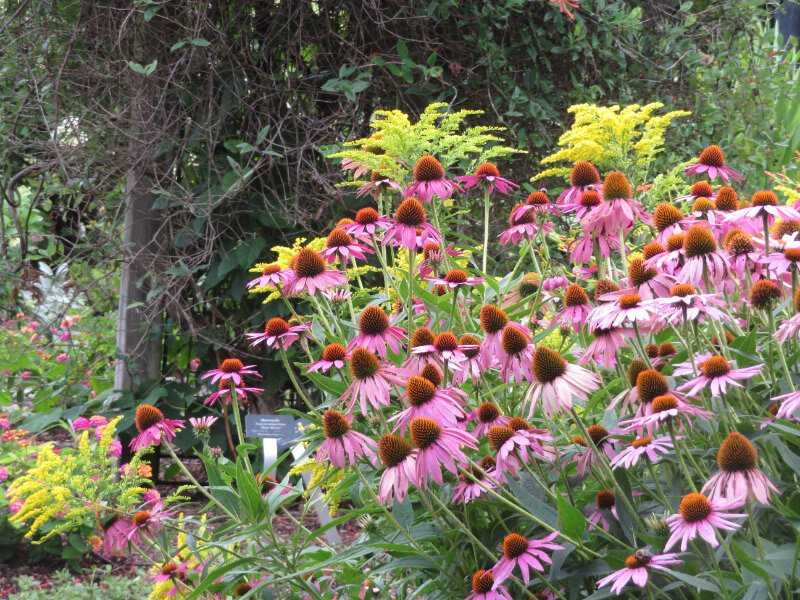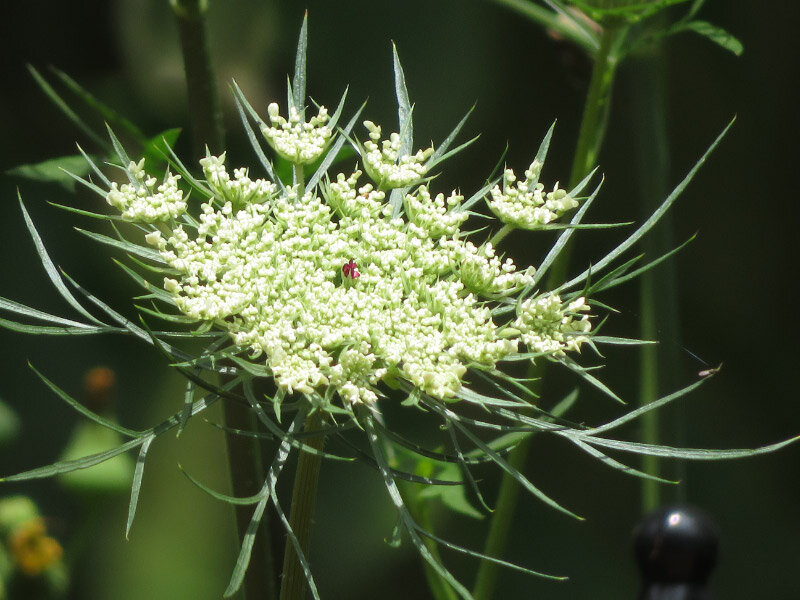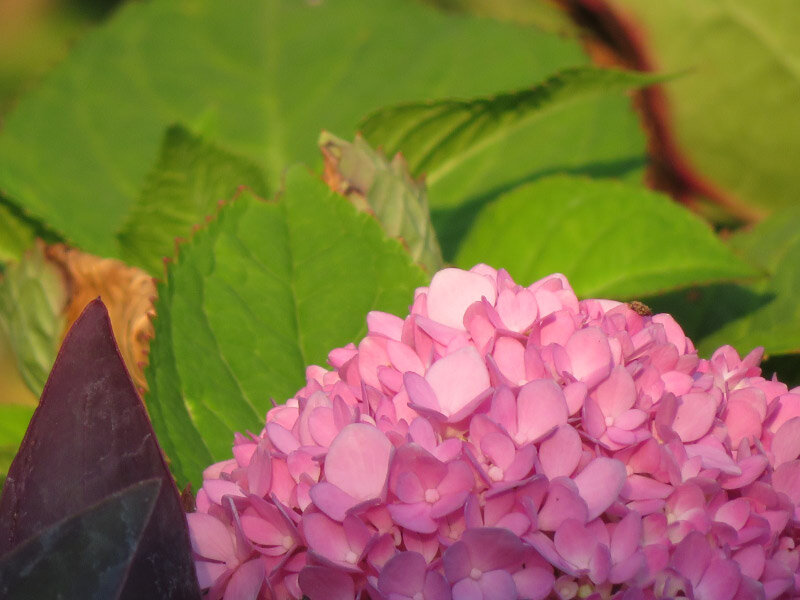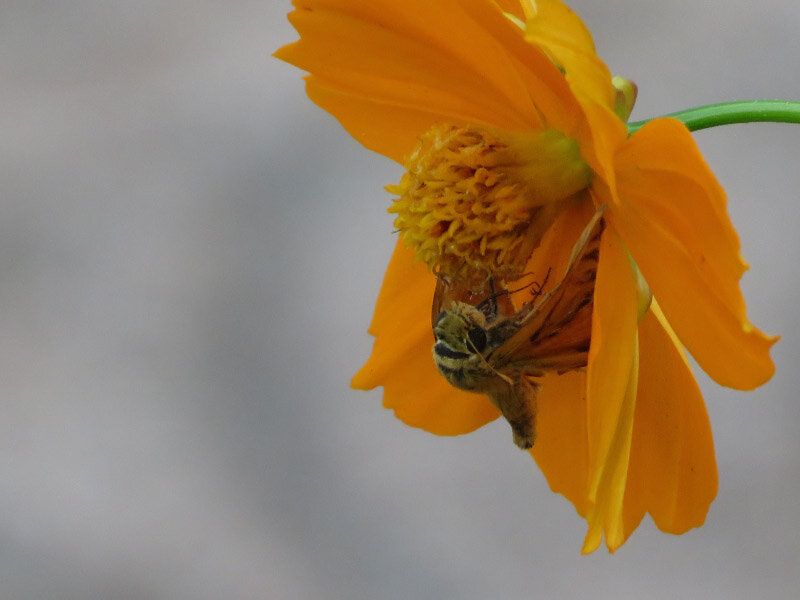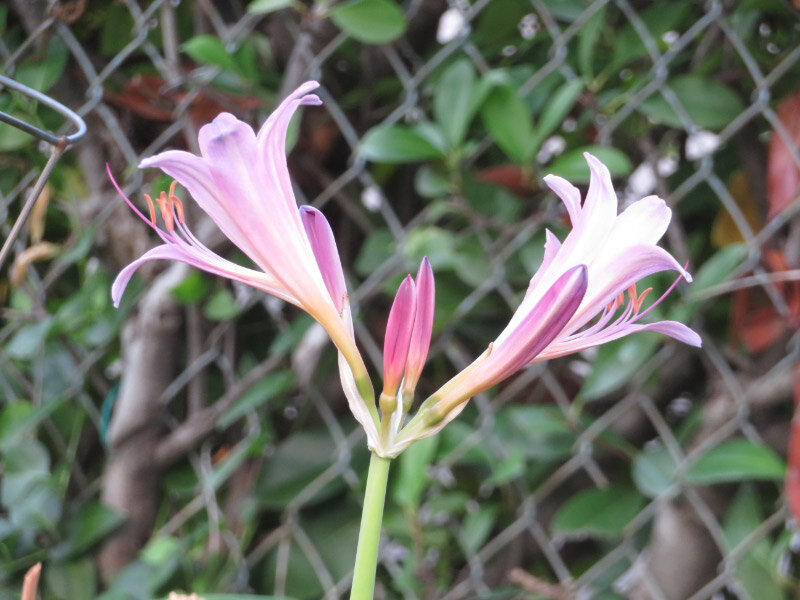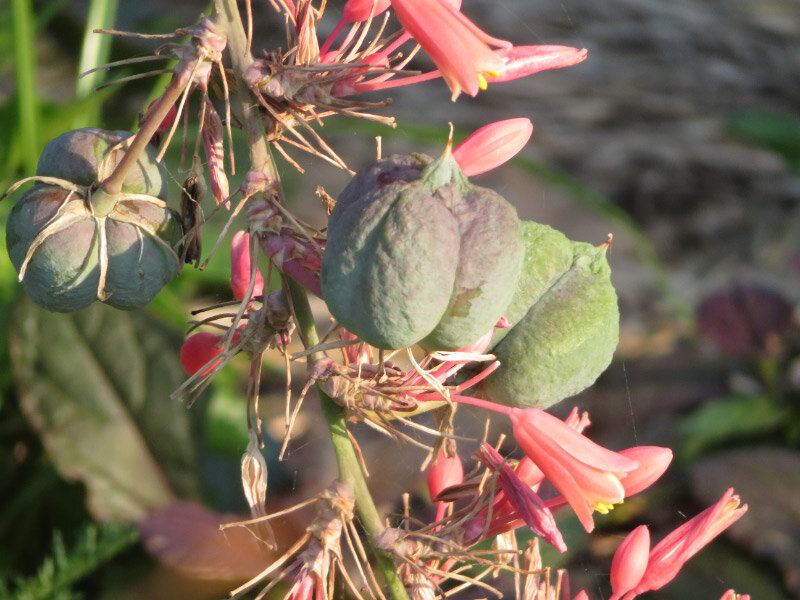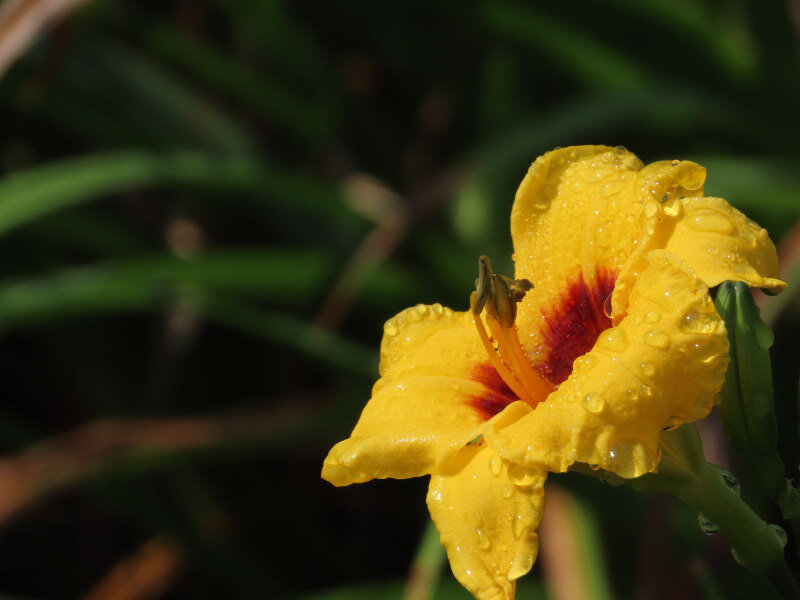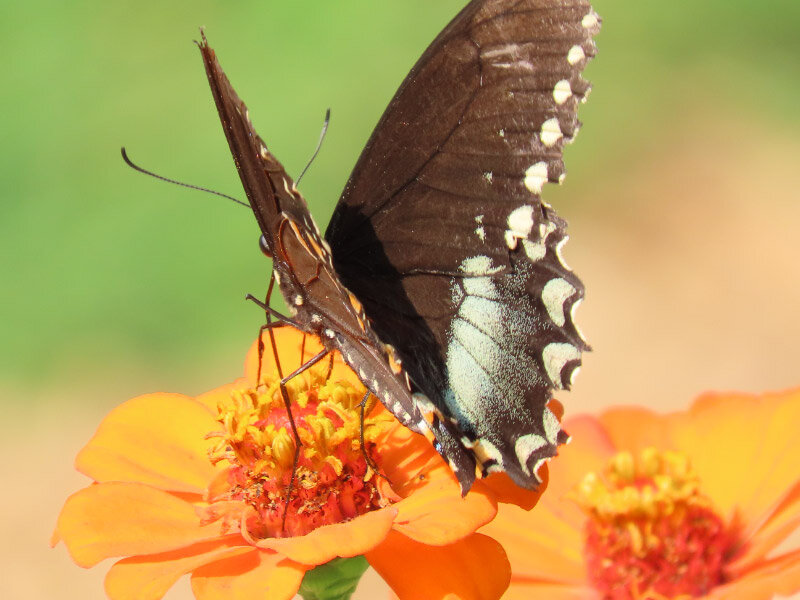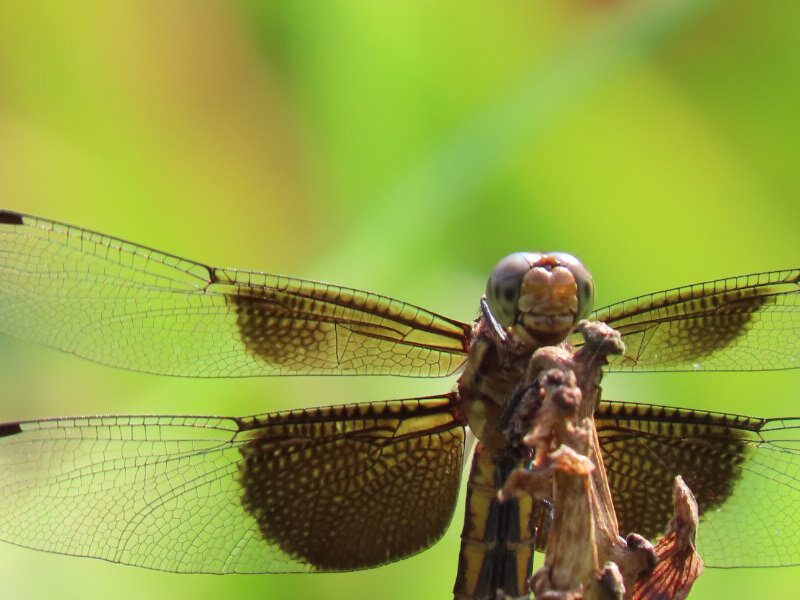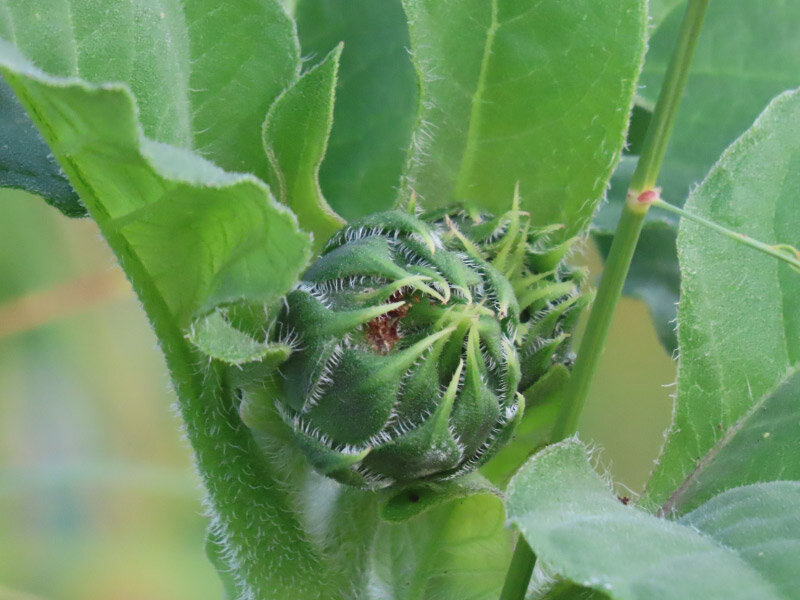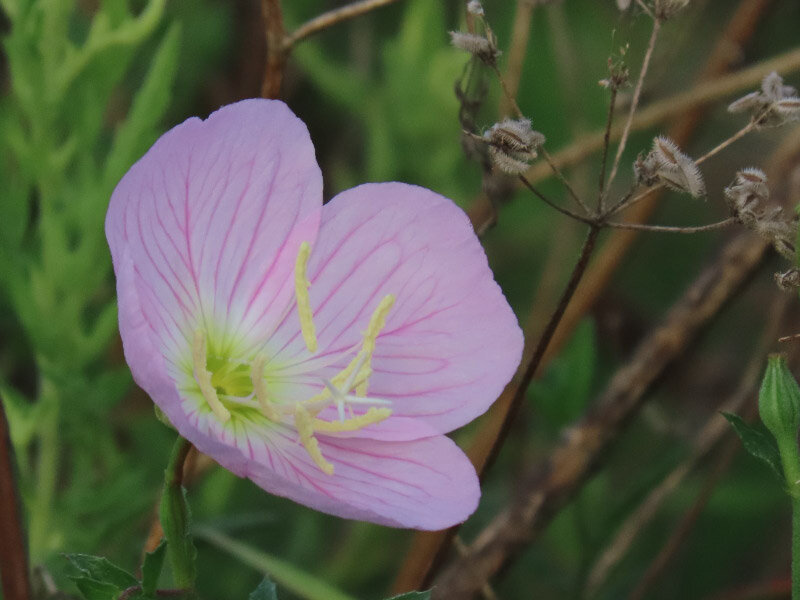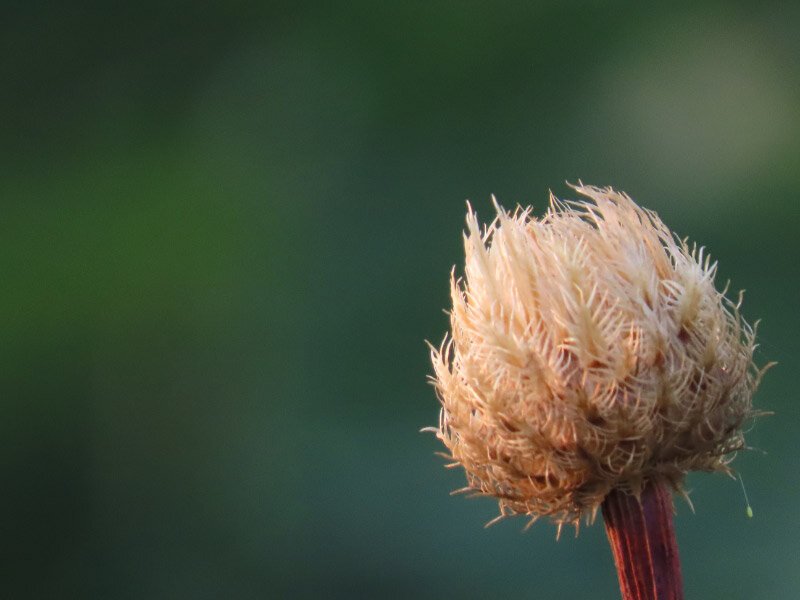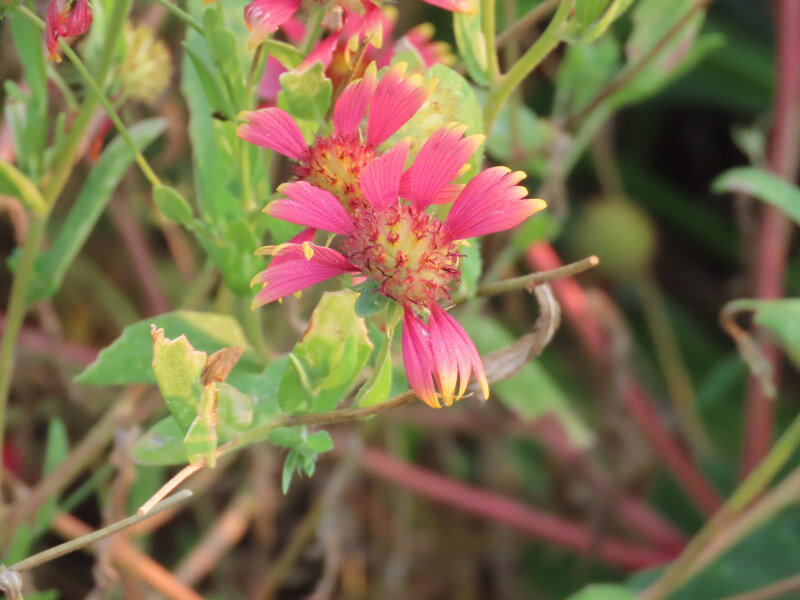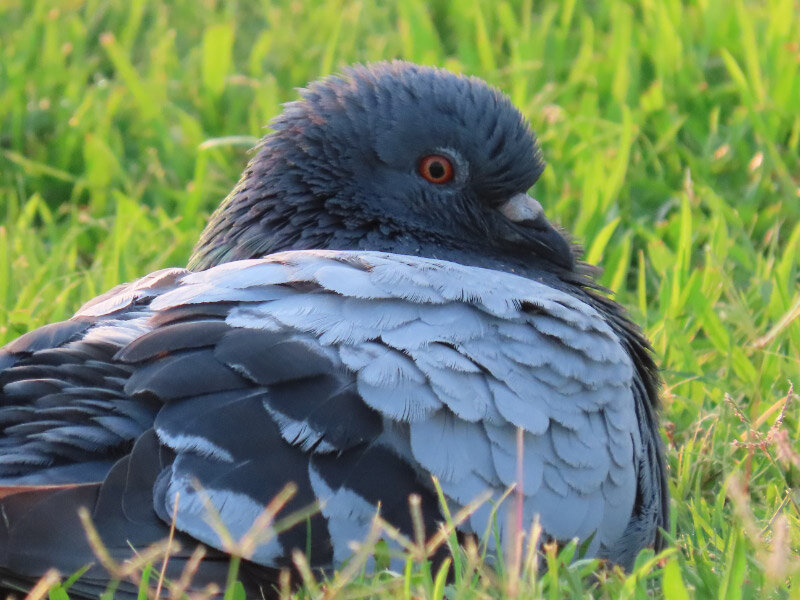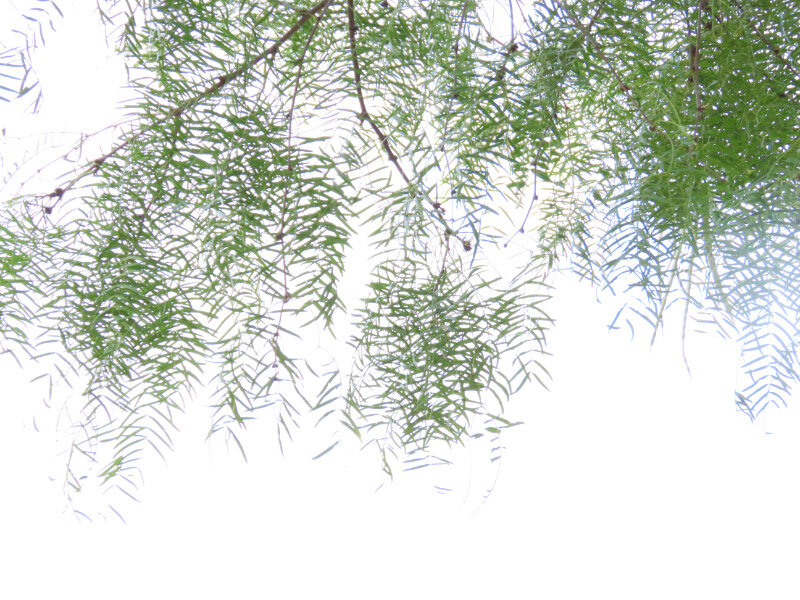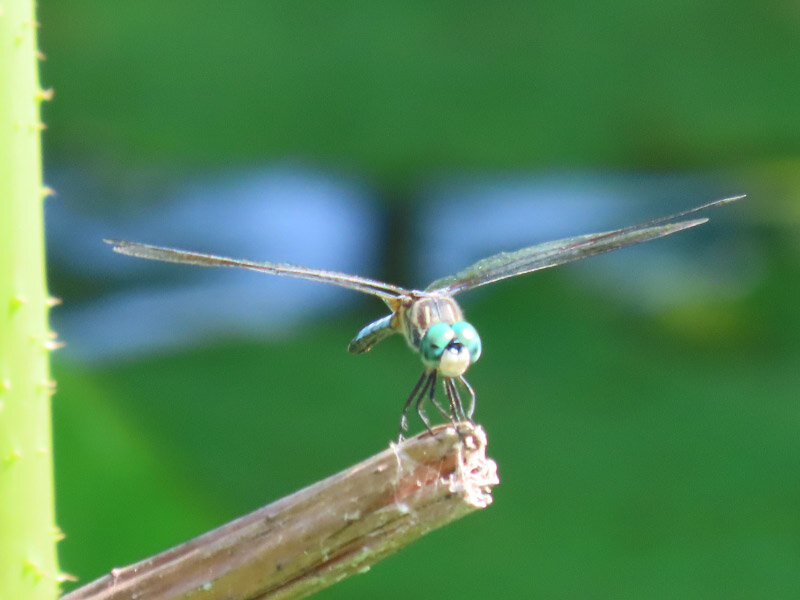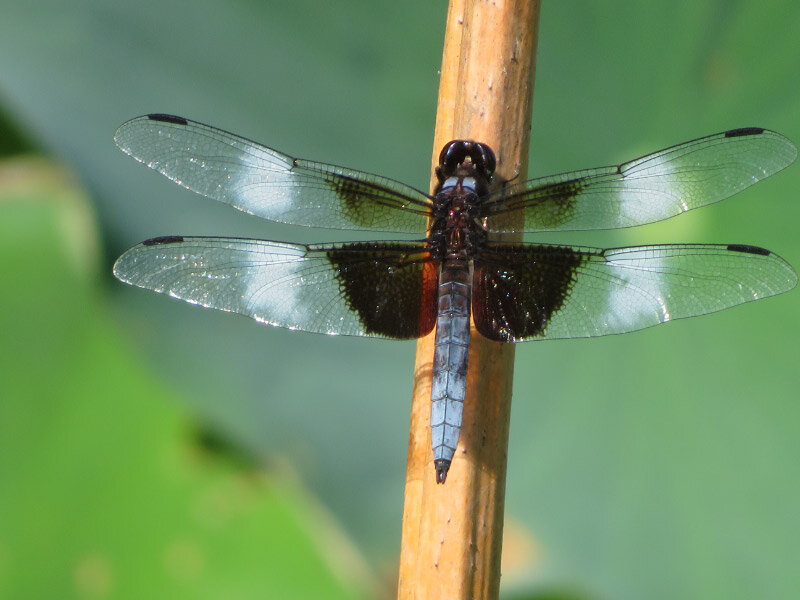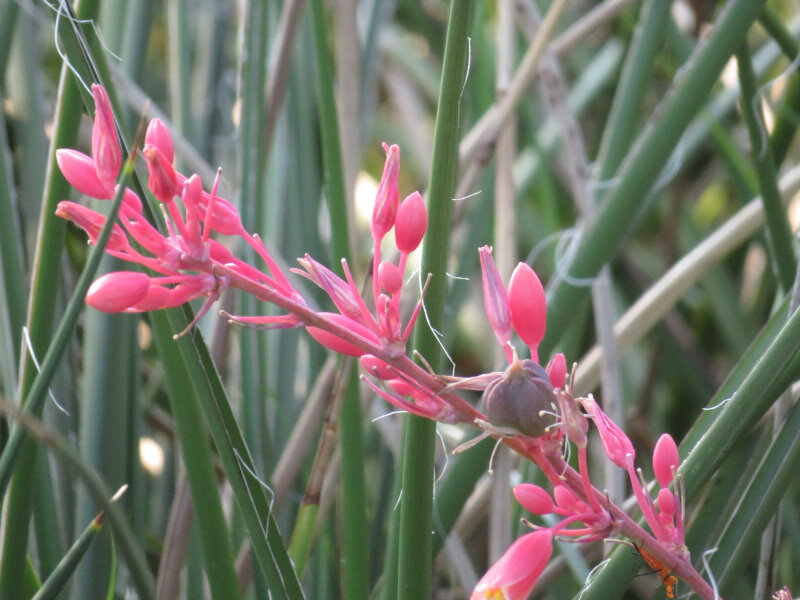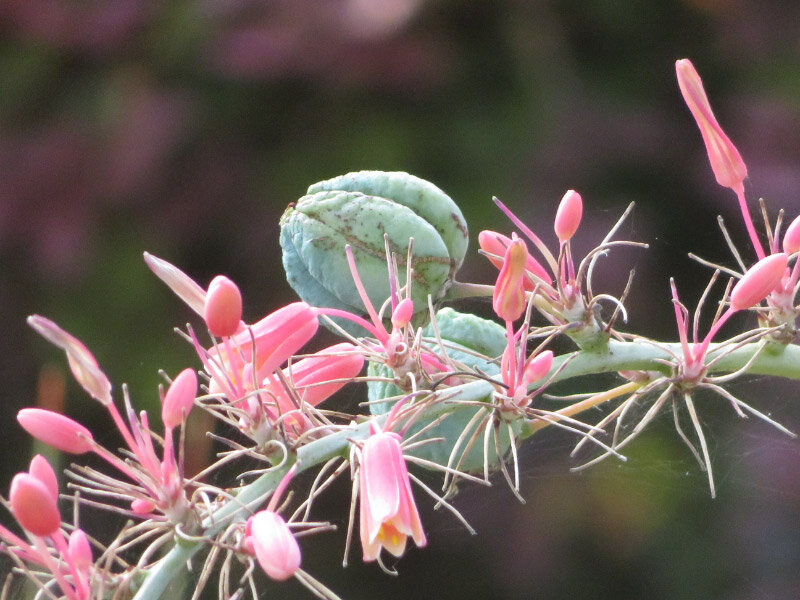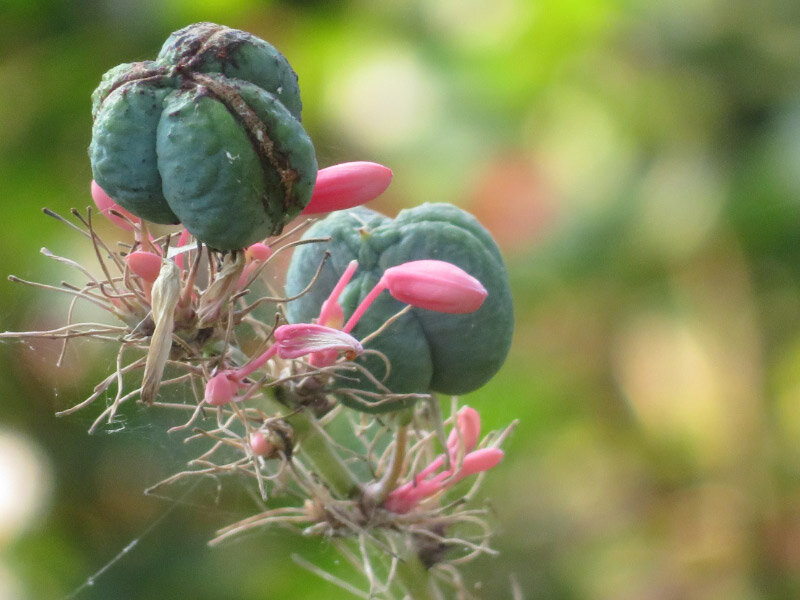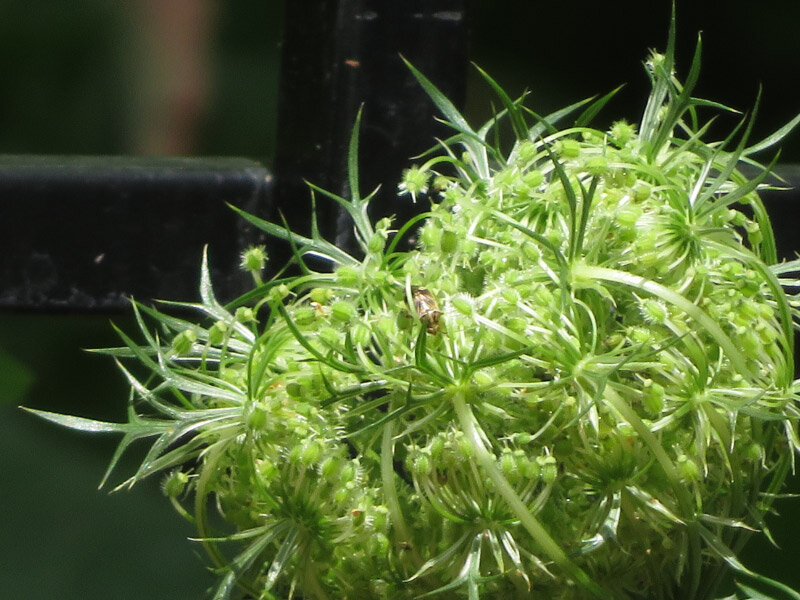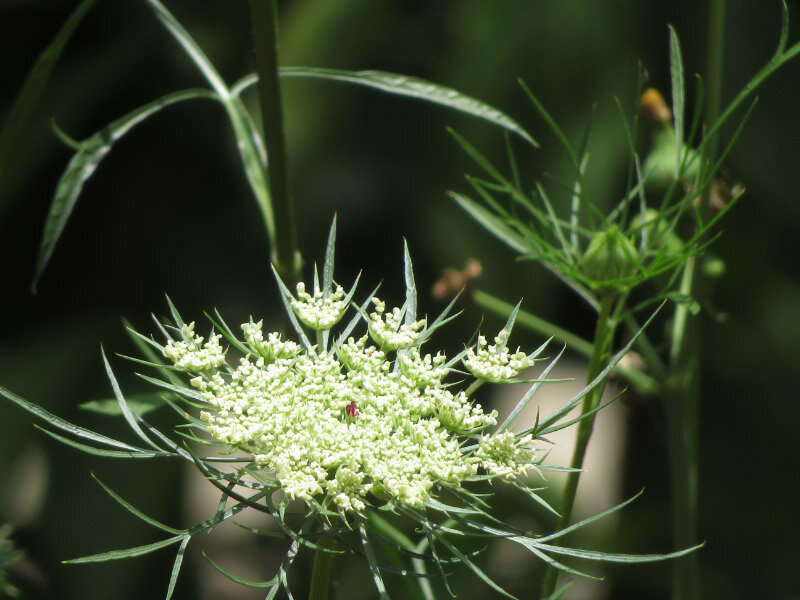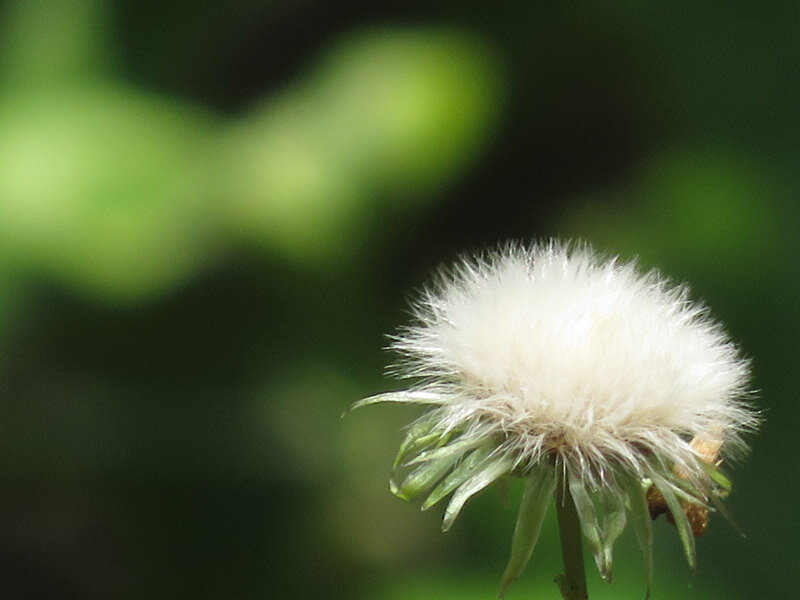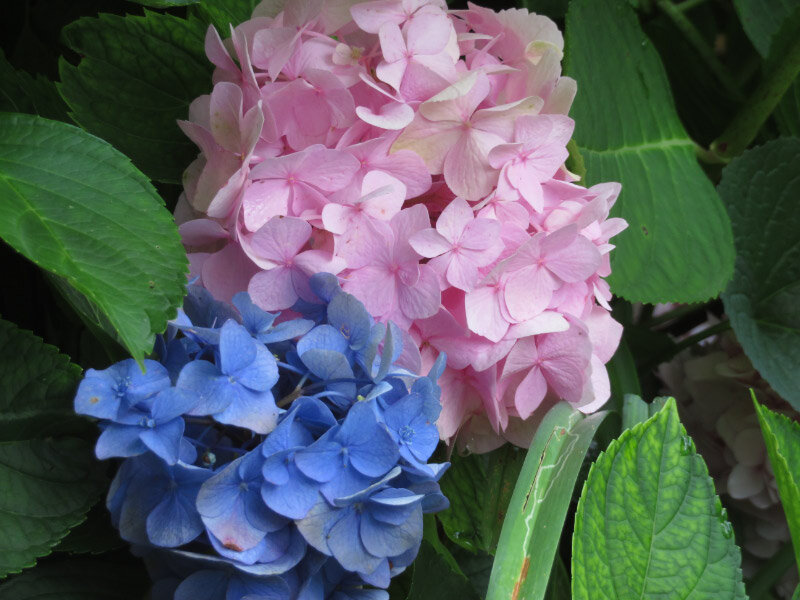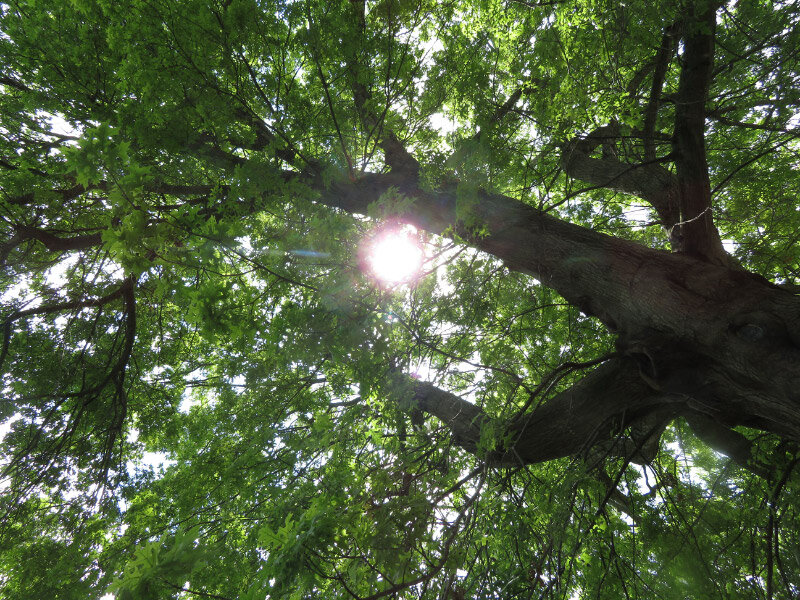Gleanings of the Week Ending August 21, 2021
/The items below were ‘the cream’ of the articles and websites I found this past week. Click on the light green text to look at the article.
Nine things you should know about sea horses – The males give birth! Like many creatures right now – they are in trouble from climate change (and overfishing in some parts of the world). Not long ago – I learned that there is a species of seahorse native to the Chesapeake Bay. They live in sea grasses and estuaries…habitats that are in trouble.
Electric cars and batteries: how will the world produce enough? – One of the important steps that needs to ramp up as batteries (and solar cells) reach end of life – is recycling. We need to think about closed loops for the resources required to manufacture future renewables!
New analysis of landmark scurvy study leads to update on vitamin C needs – An example of the research behind how those ‘daily requirements’ of vitamins and minerals were developed. I wonder if more of the values need to go through a validation…how many would change just as the vitamin C requirement did.
Top 10 Grassland Species Across the Globe – The ones we have in the US are Long-billed Curlew, Black-footed Ferret, Pronghorn, Swift Fox, and American Bison.
The multi-billion dollar giants that are melting away – Glaciers. When they are gone…many parts of the world will be drier places. This article is primarily about central Asia…but the situation in South America is similar.
Loss of biodiversity in streams threatens vital biological process – Fungi and bacteria can’t do the decomposition job alone…the aquatic insects (often larvae) and crustaceans are needed too. And the populations and diversity of those organisms in our streams is declining.
Top 25 birds of the week: plumage! – Bird photographs…always colorful and interesting.
Gender revolutions in who holds the purse strings – The study was done in Britain…I wonder if similar (or different) changes are happening elsewhere in the world.
‘Polluter pays’ policy could speed up emission reductions and removal of atmospheric CO2 – A change that could speed up the transition we need to make…if we can somehow overcome the lobbying for the status quo trajectory.
Photography In The National Parks: Fun Fact Photography – This is a kind of photography you can do in lots of places. A little curiosity and a camera…some web searches…a neat cycle of learning/art that can turn again and again.









